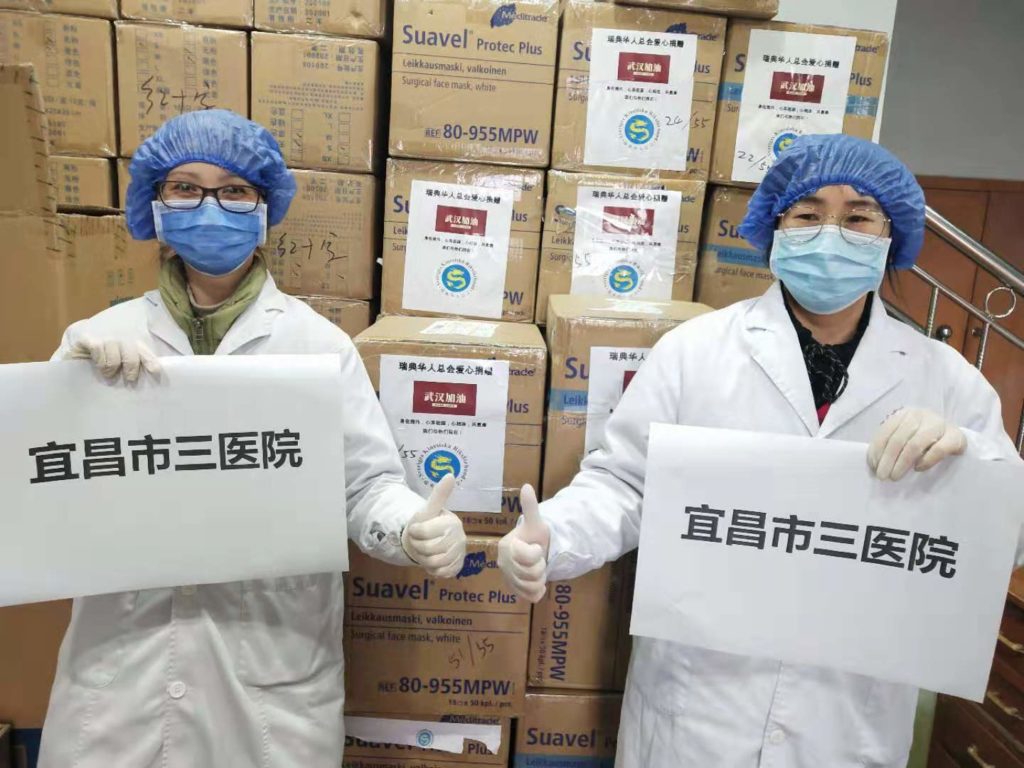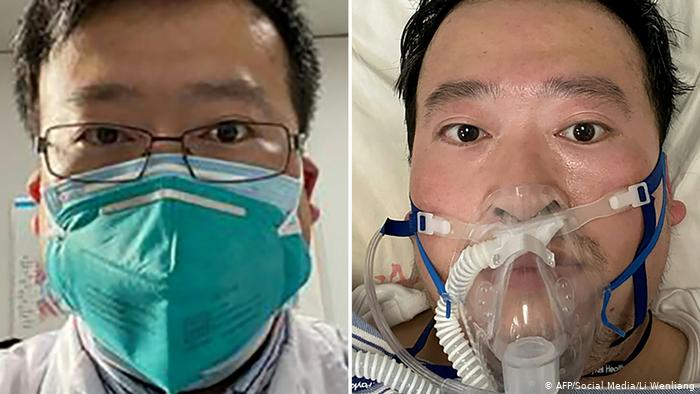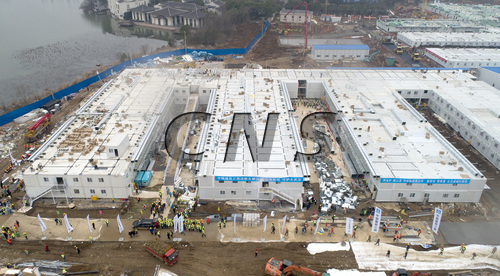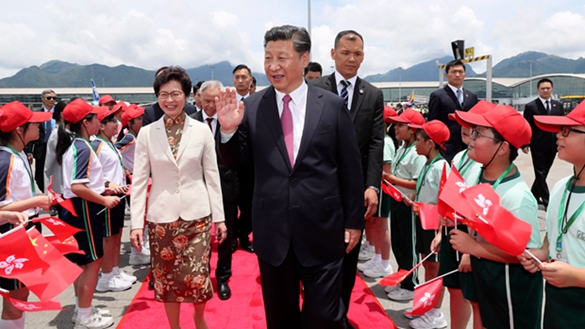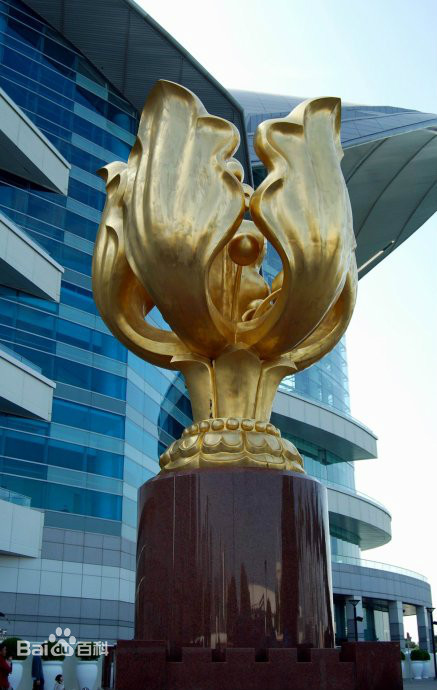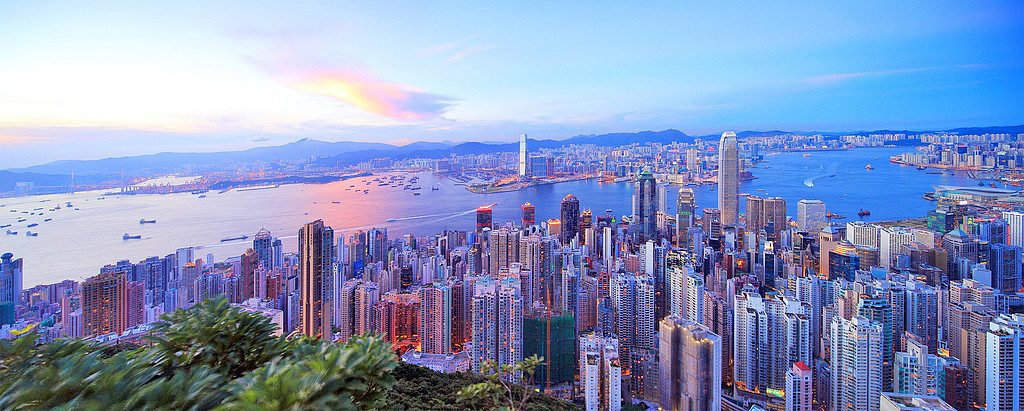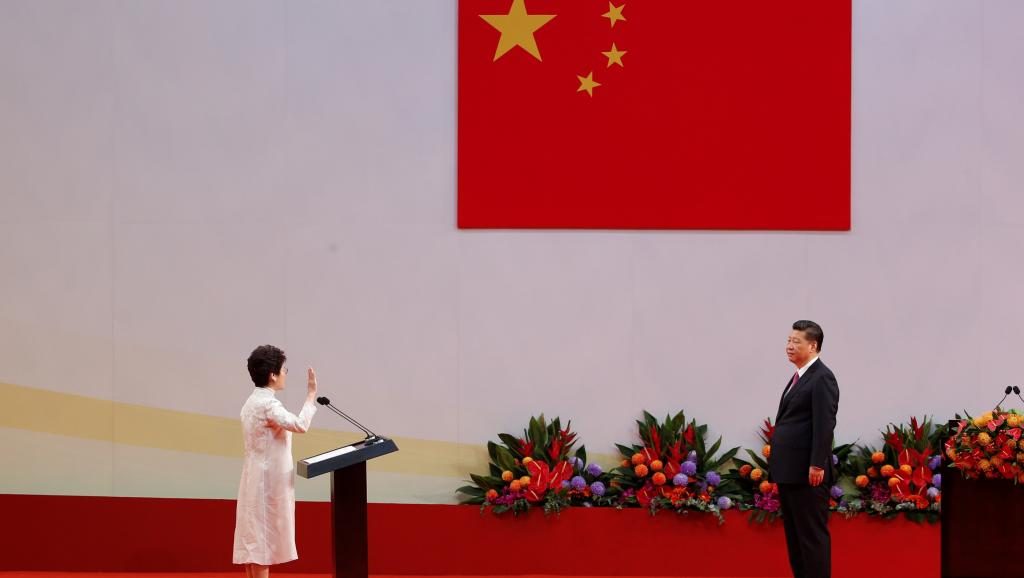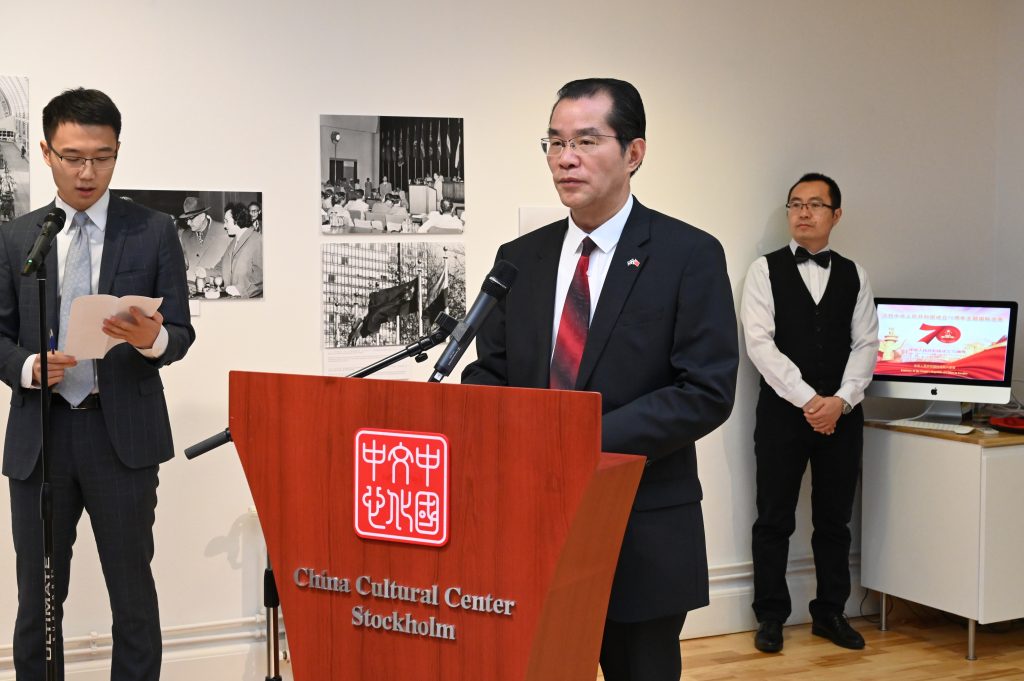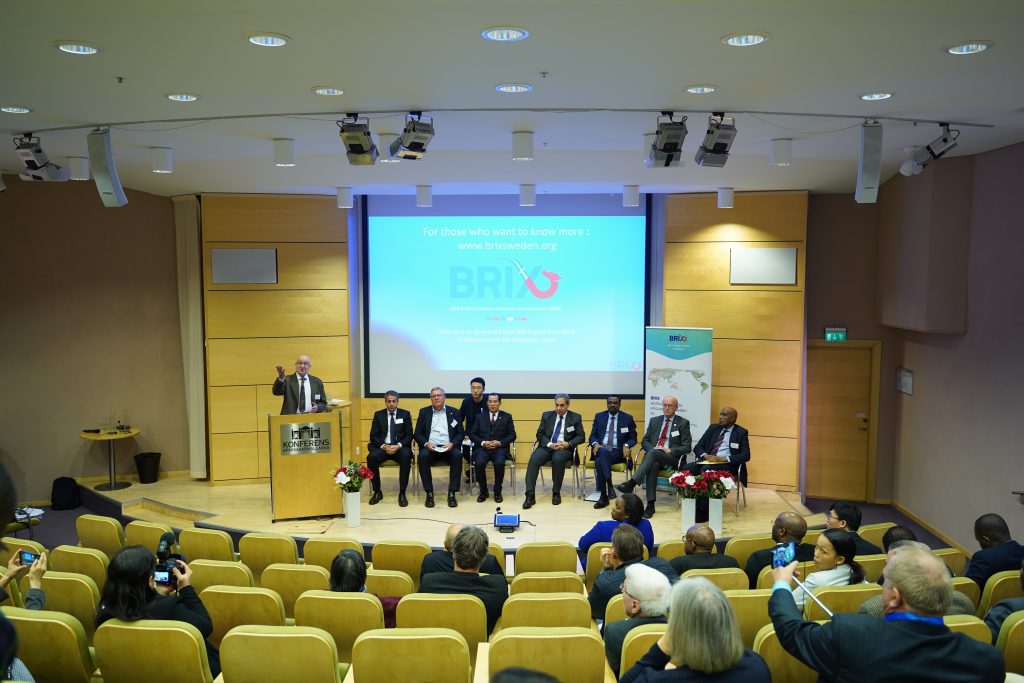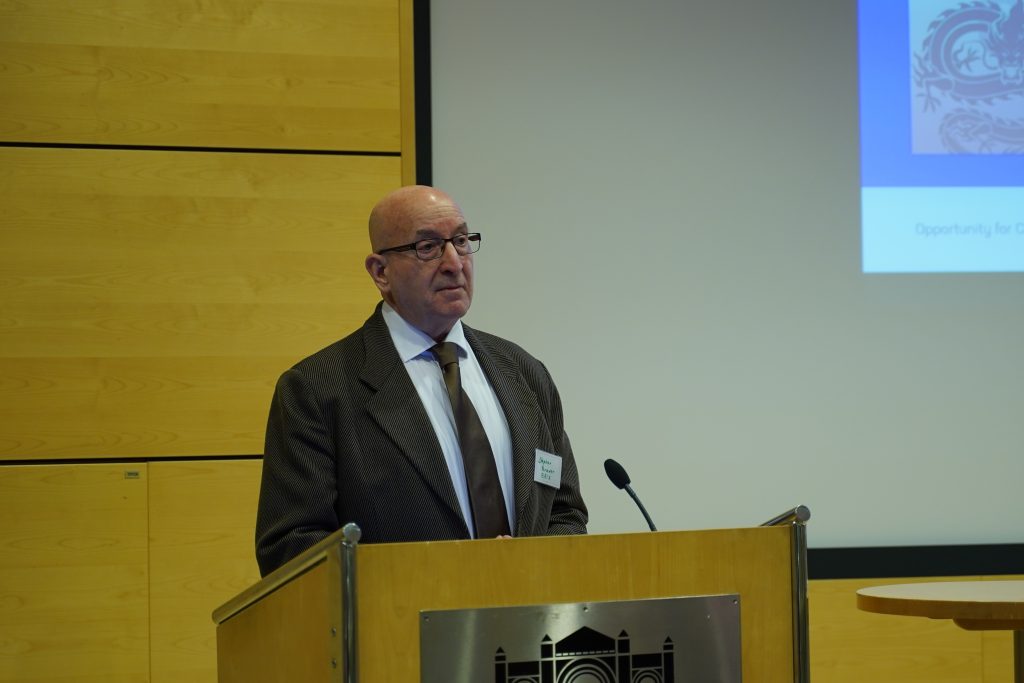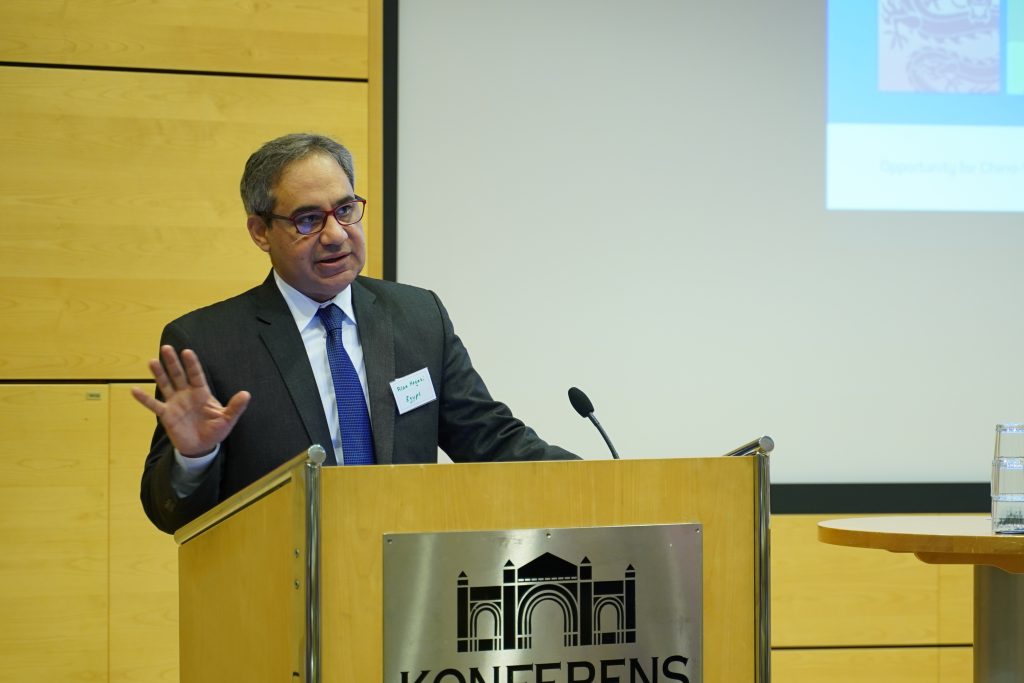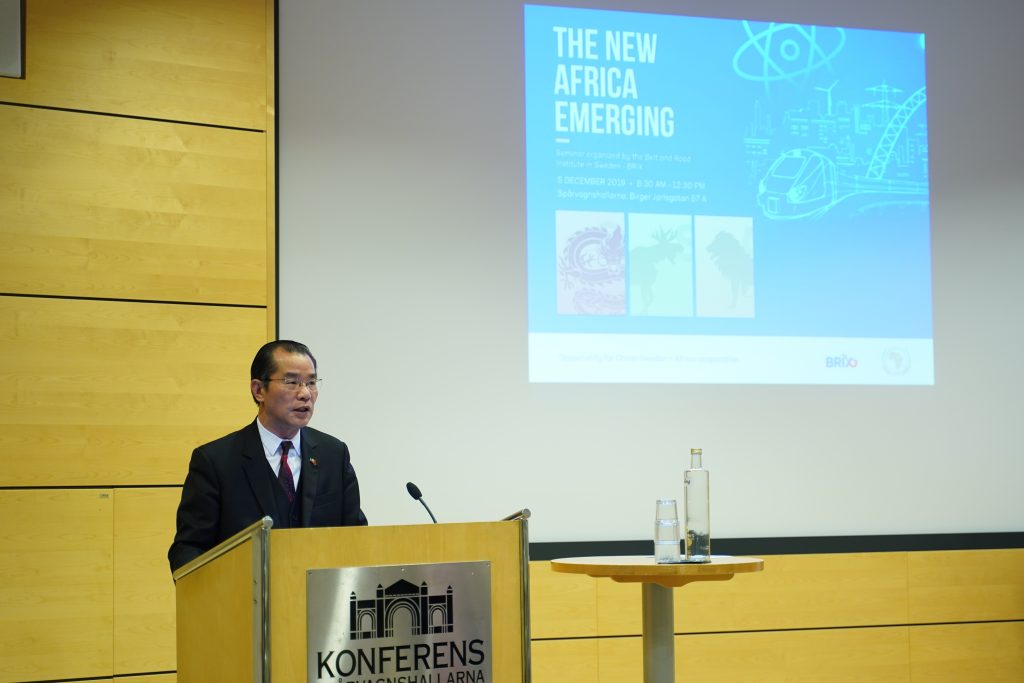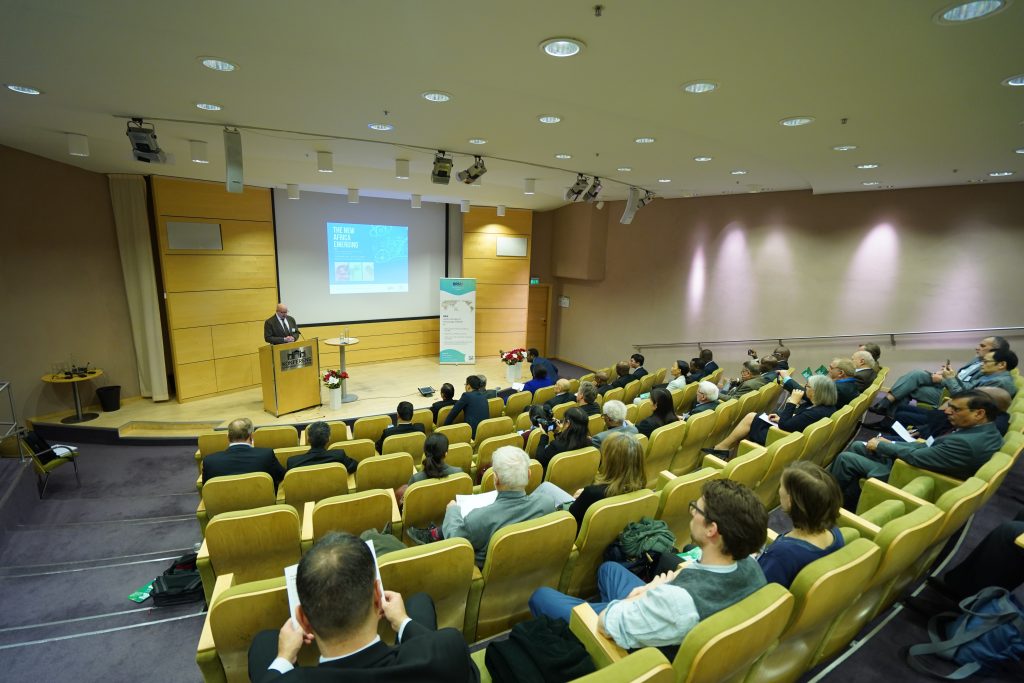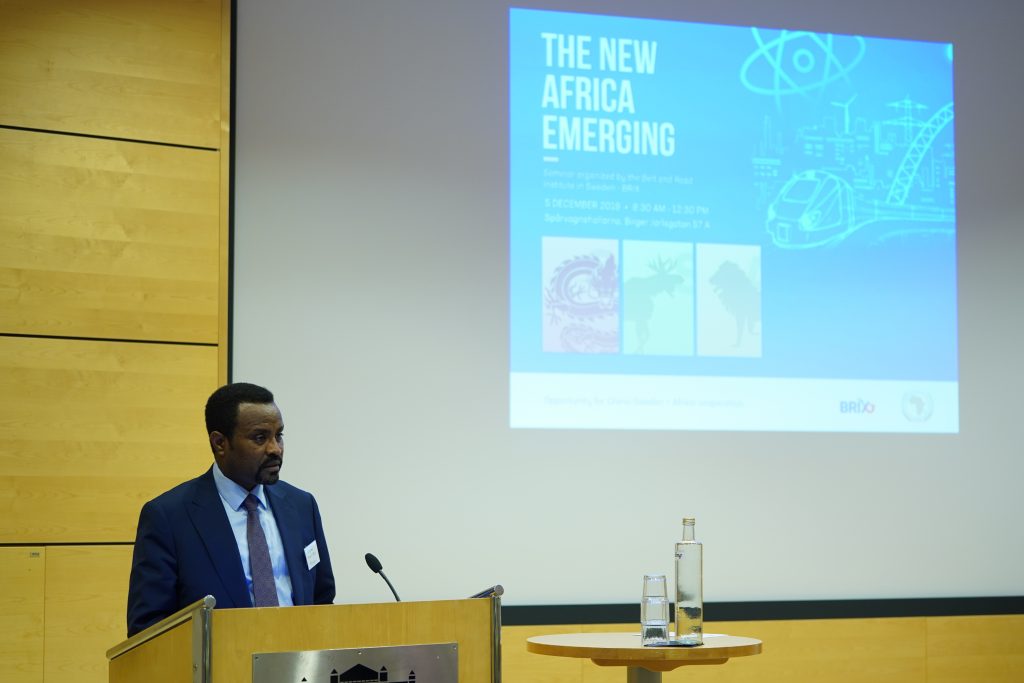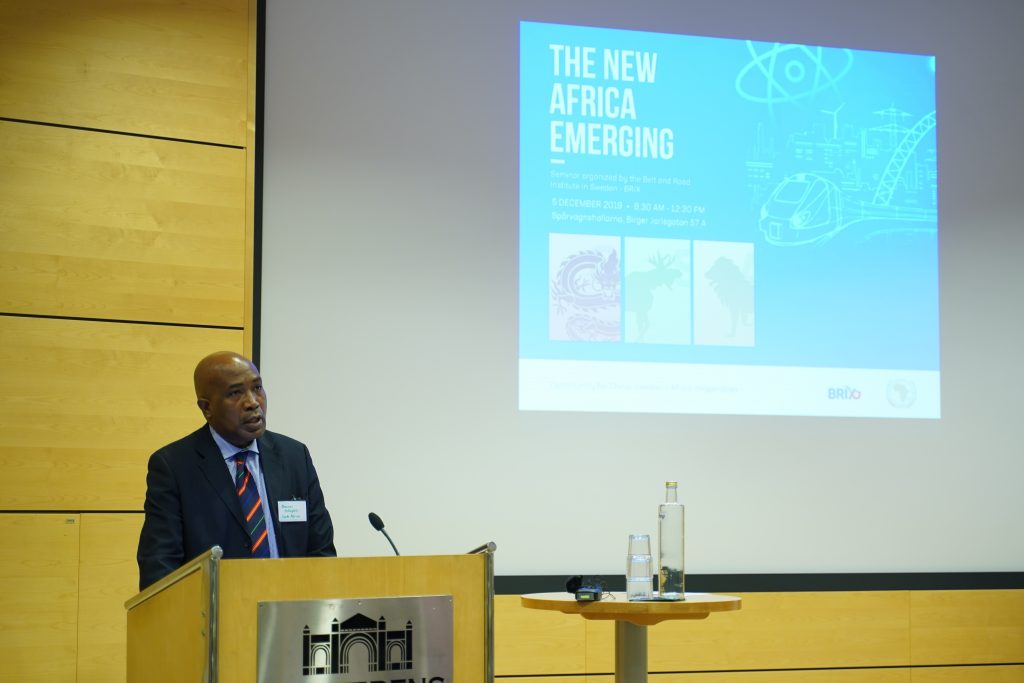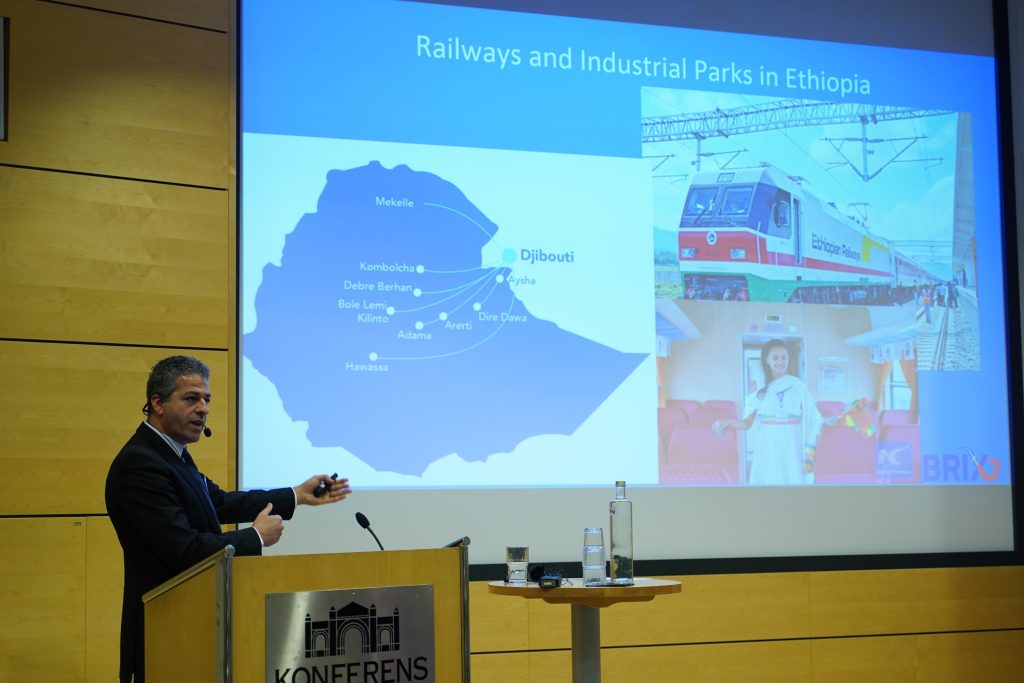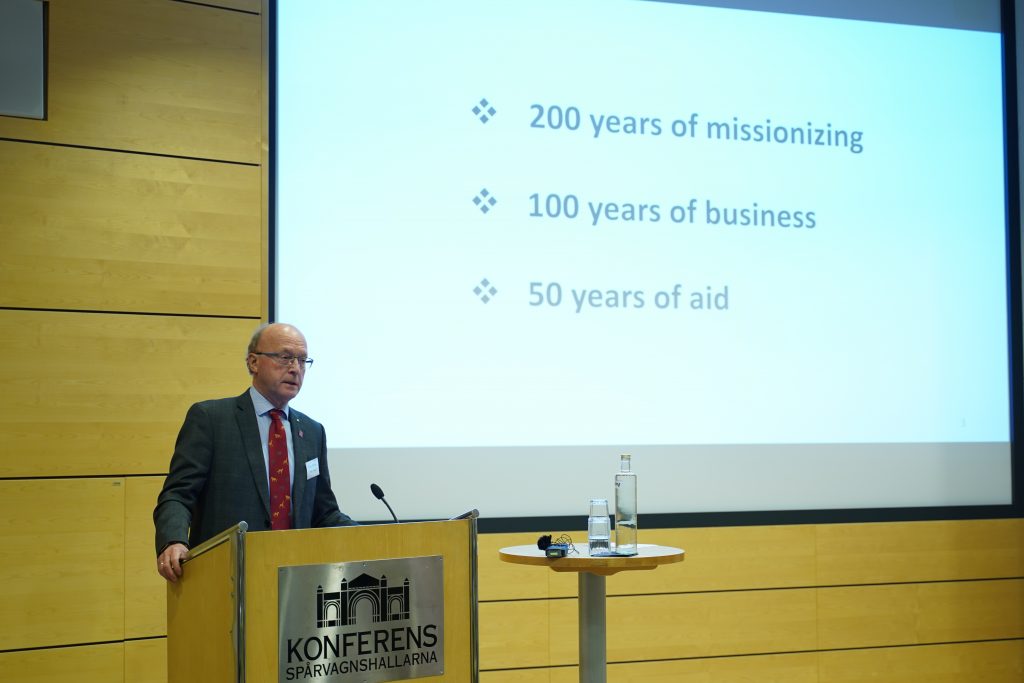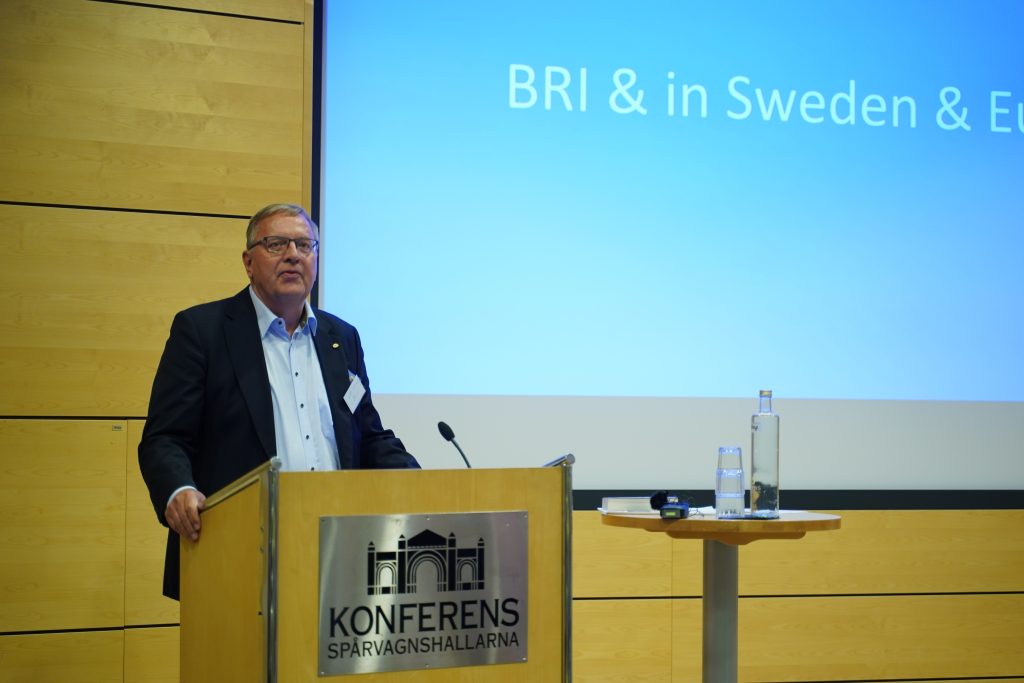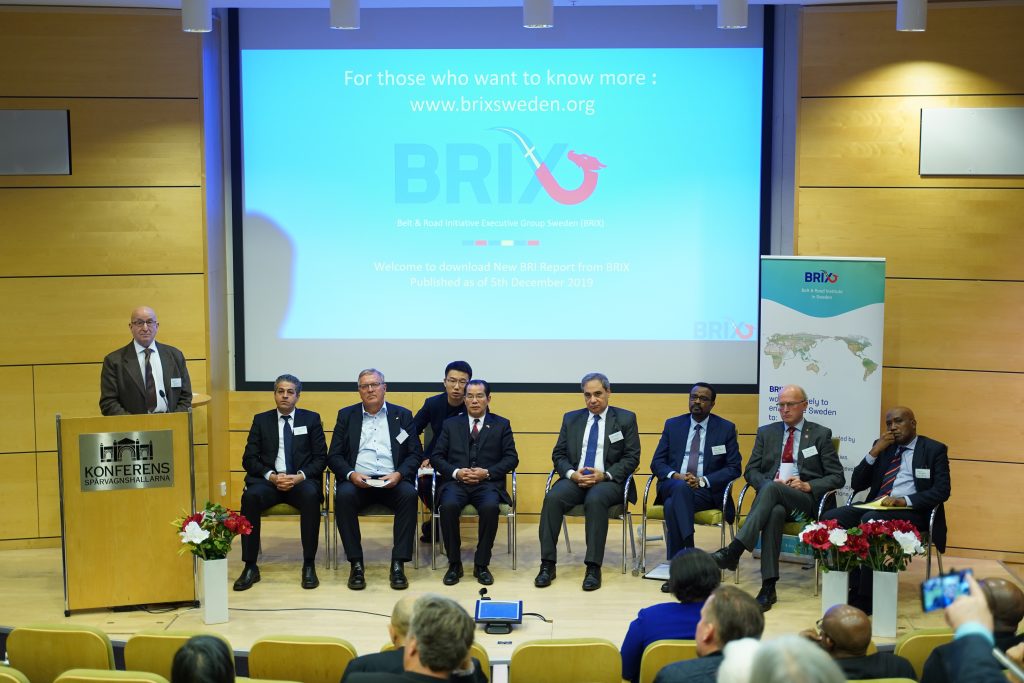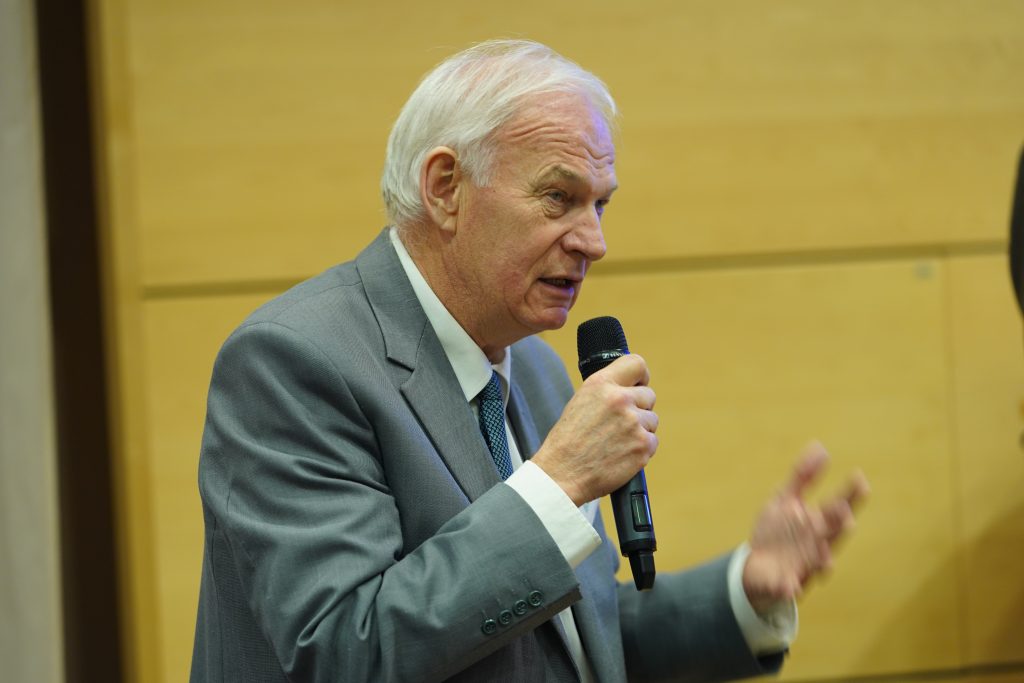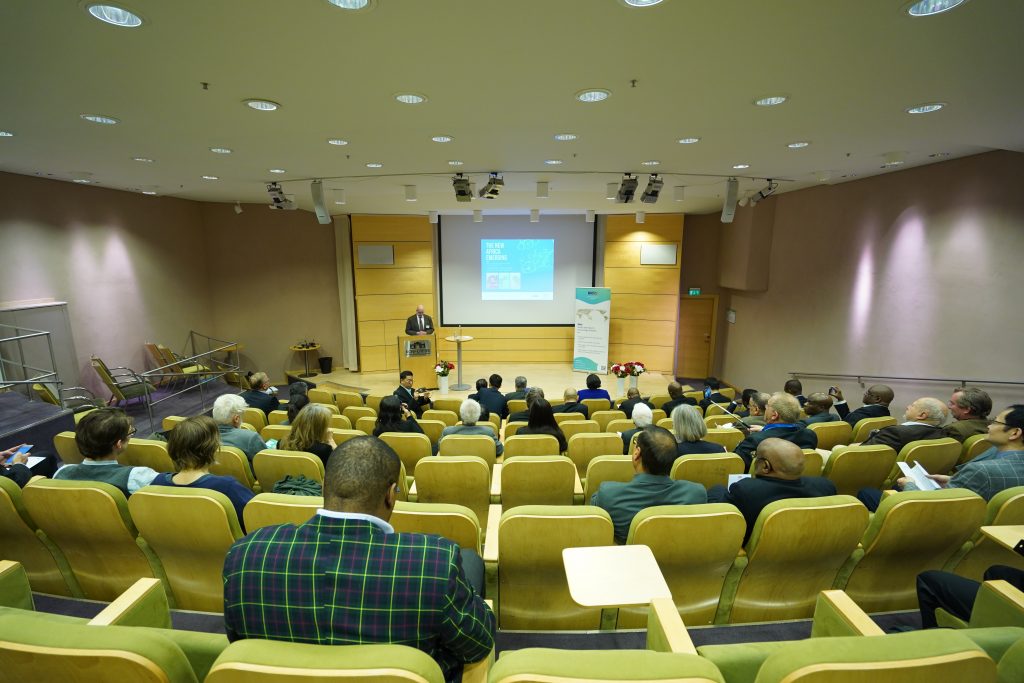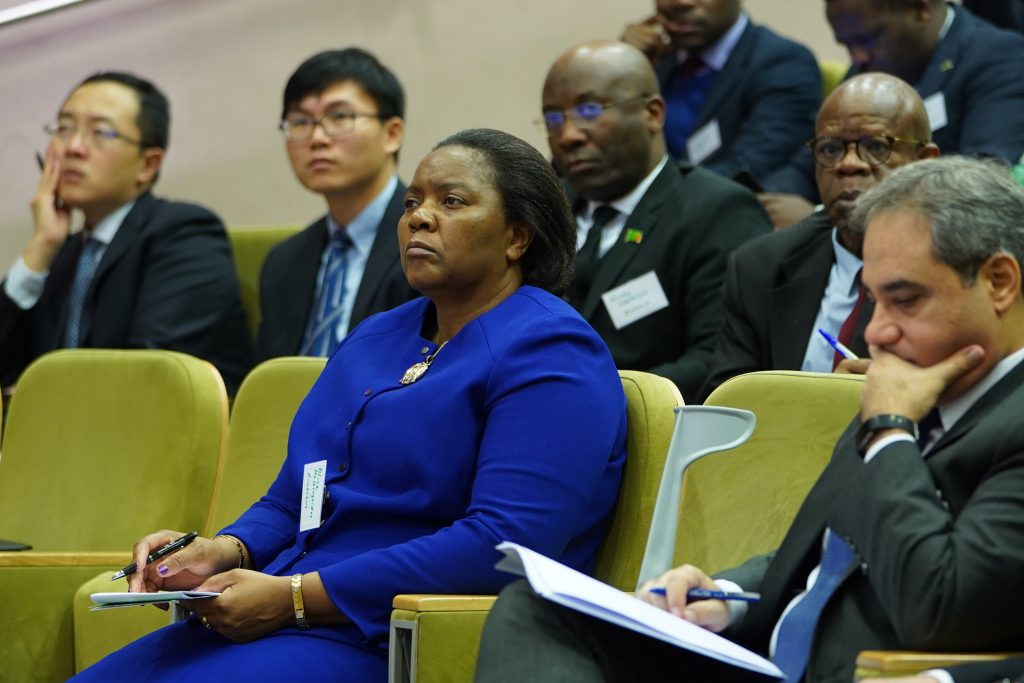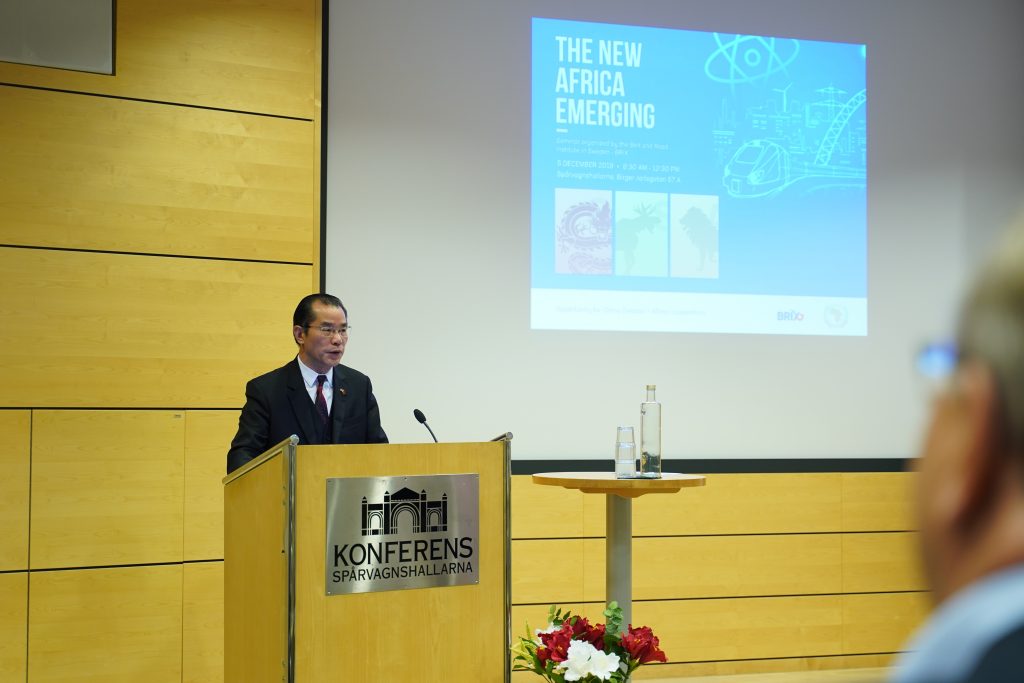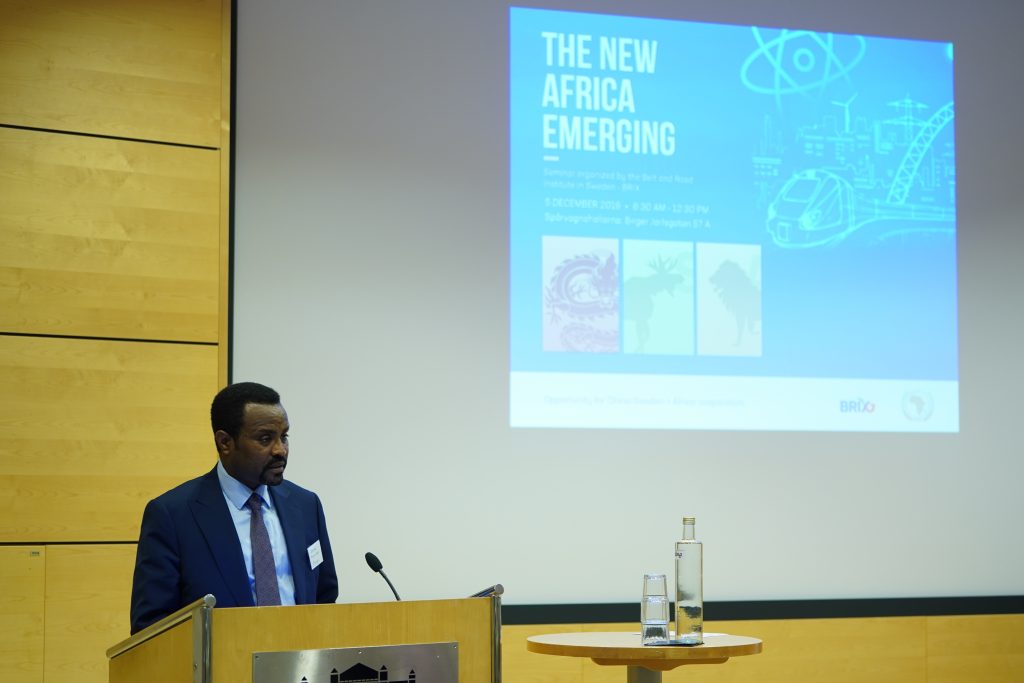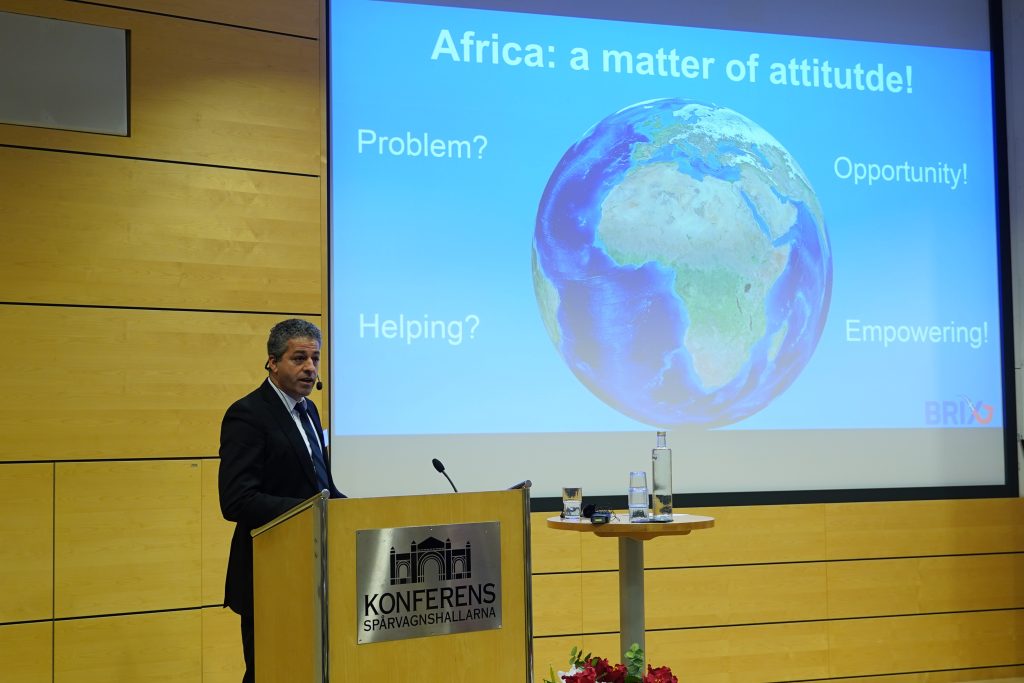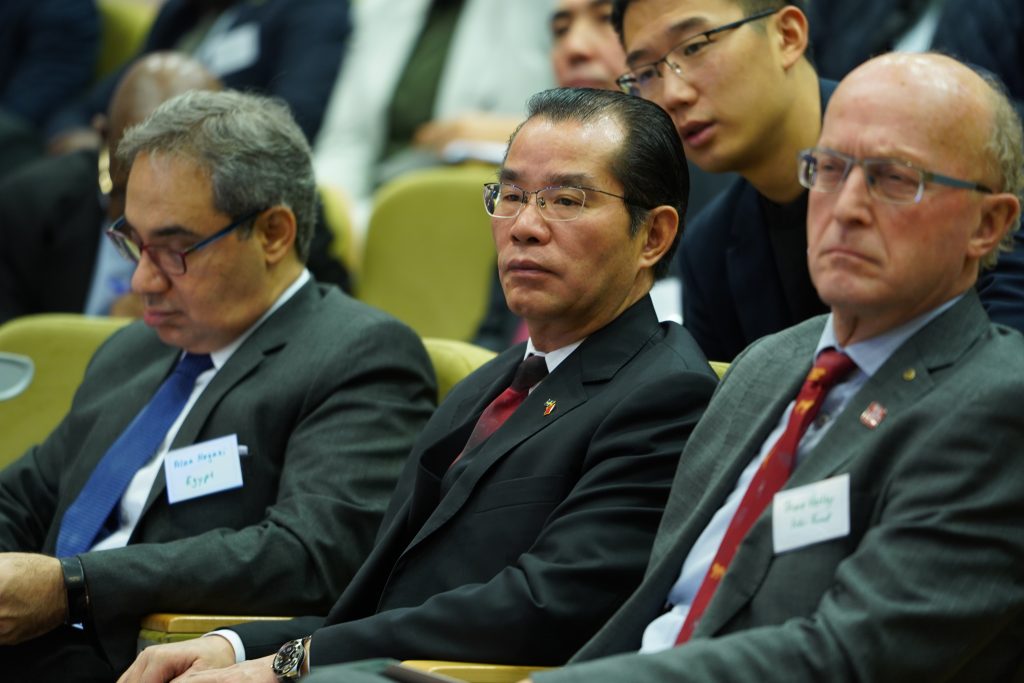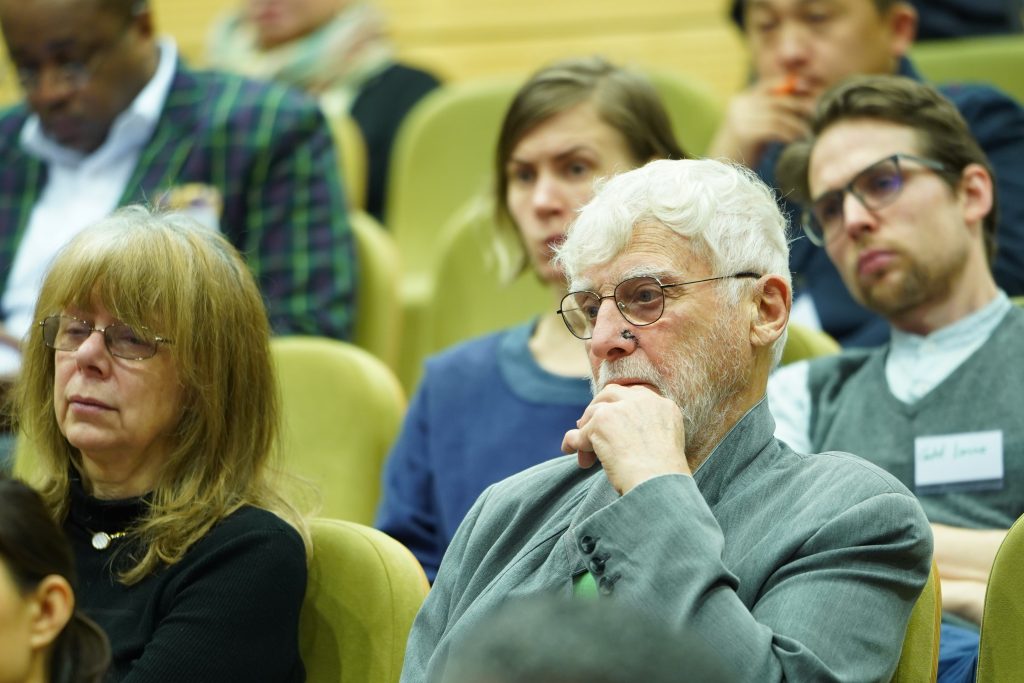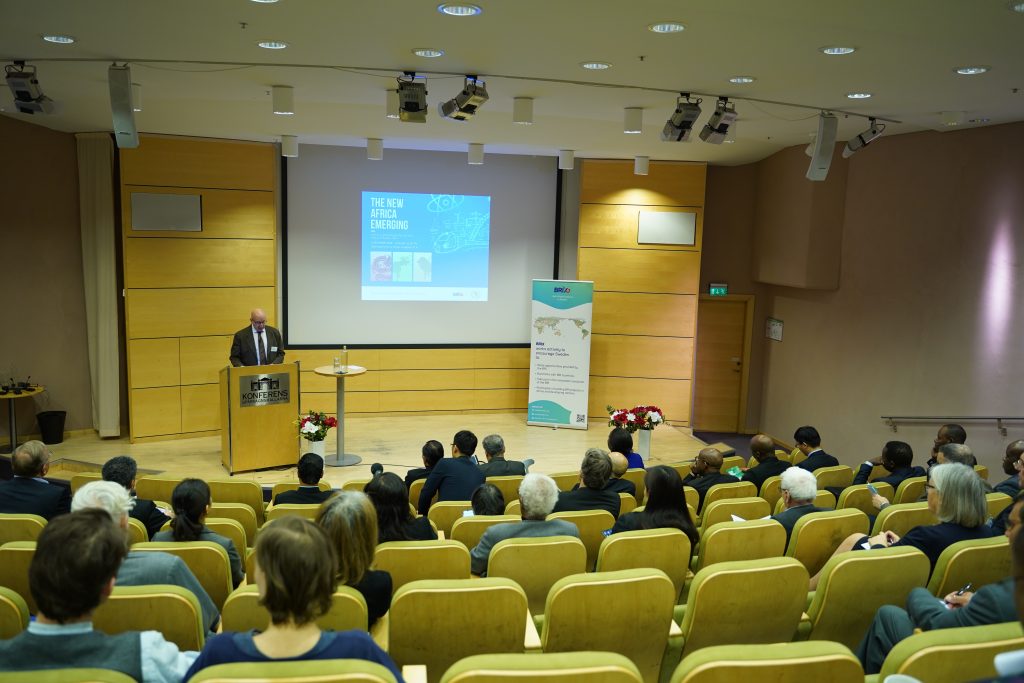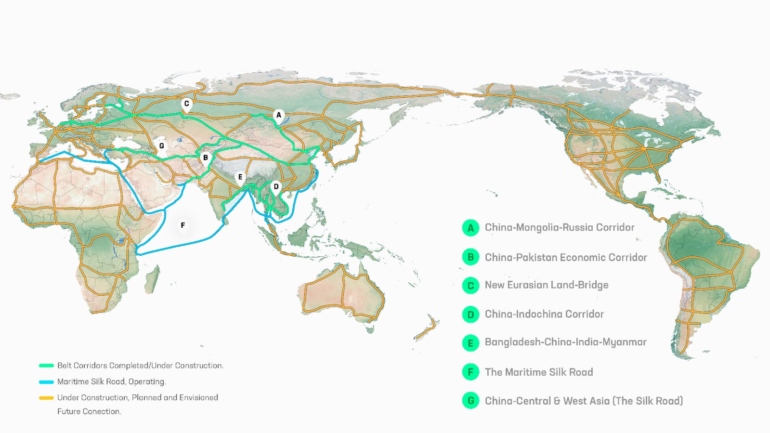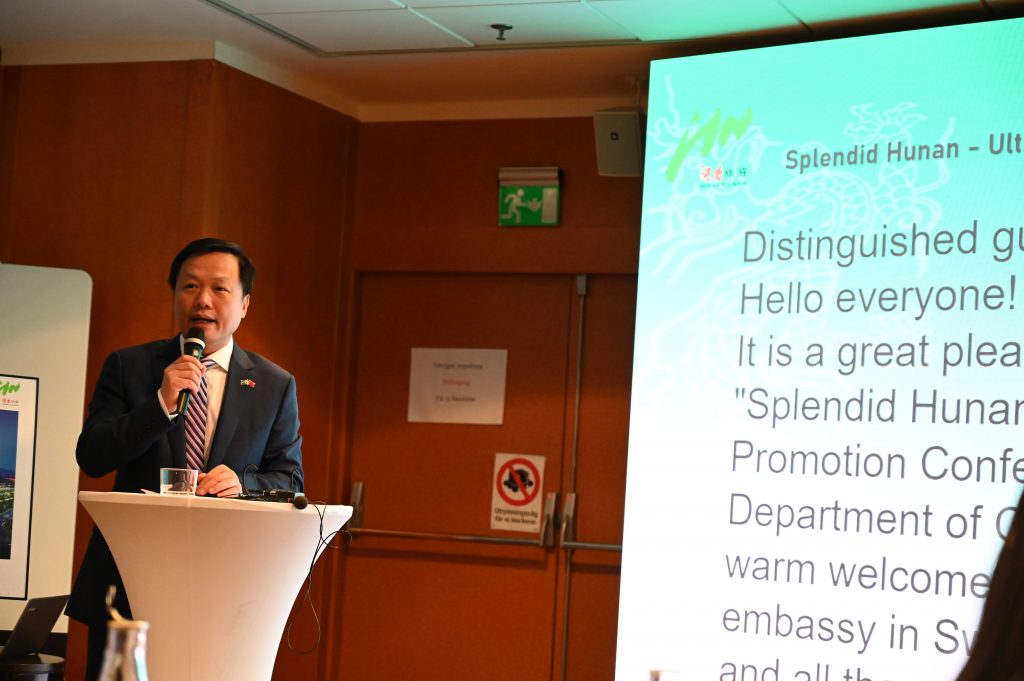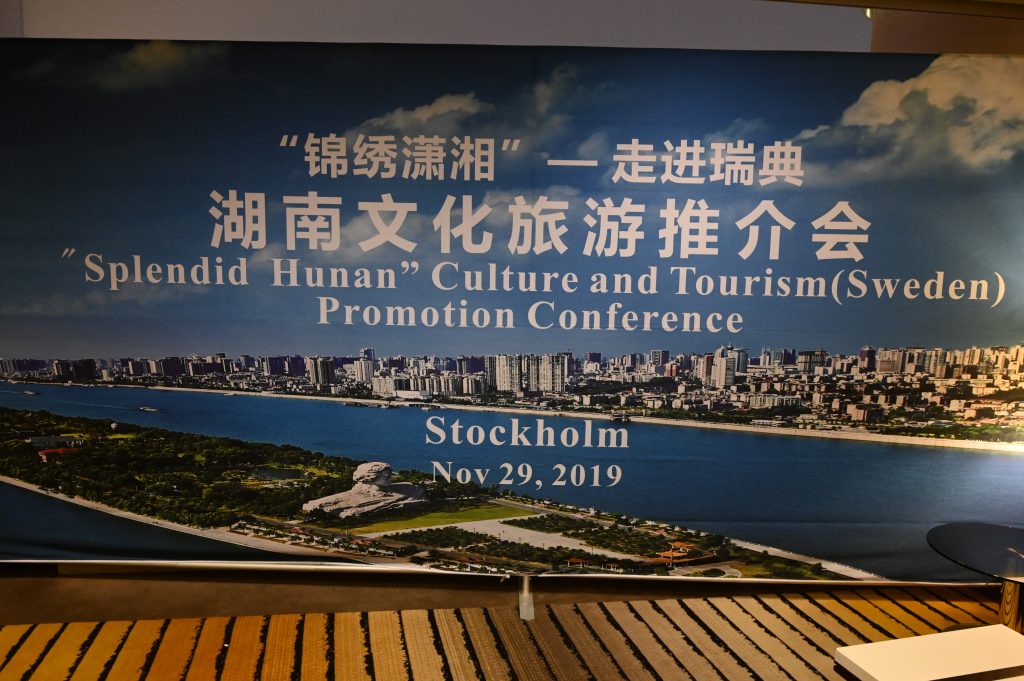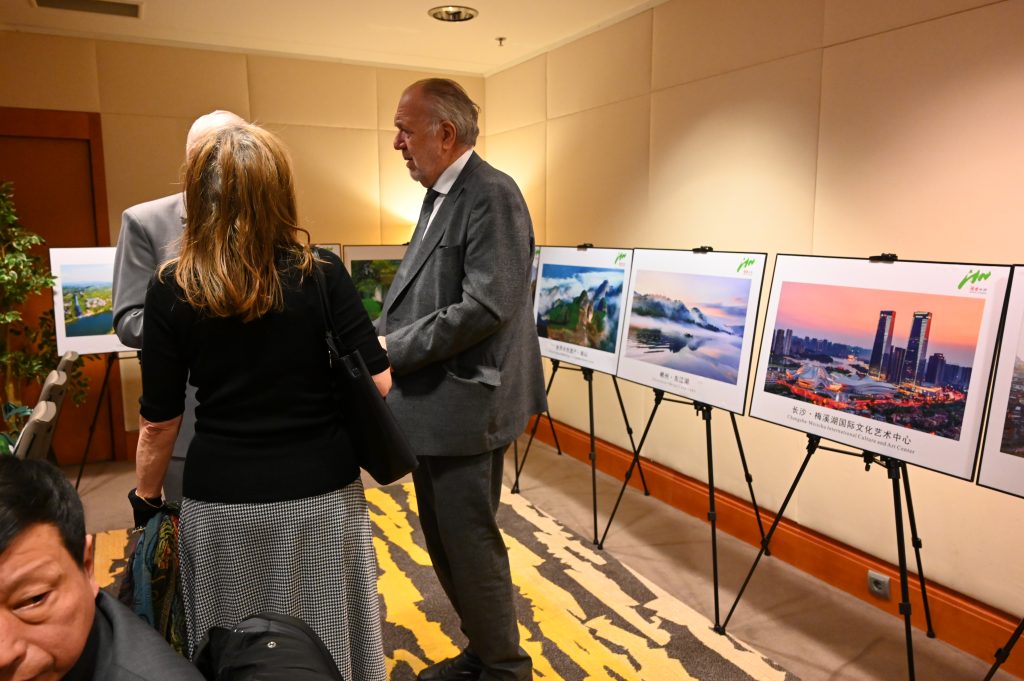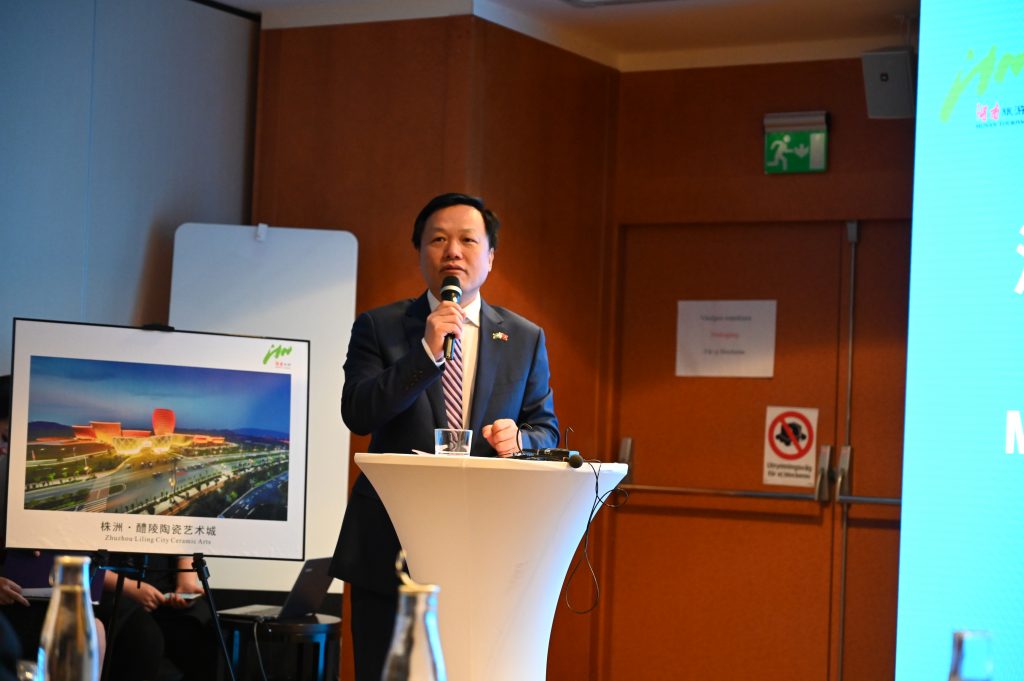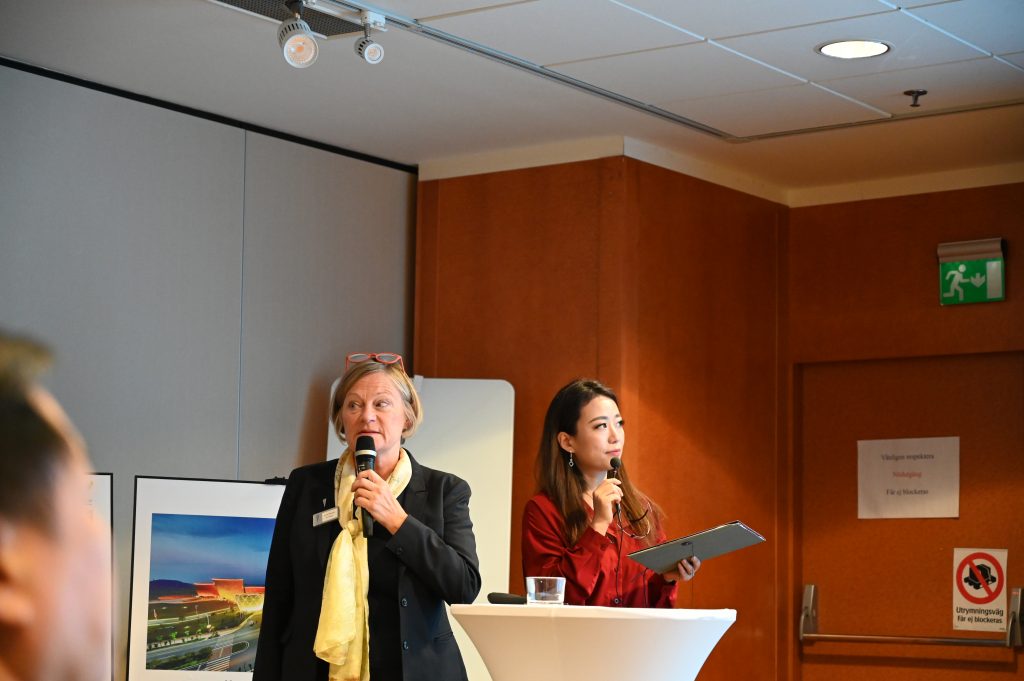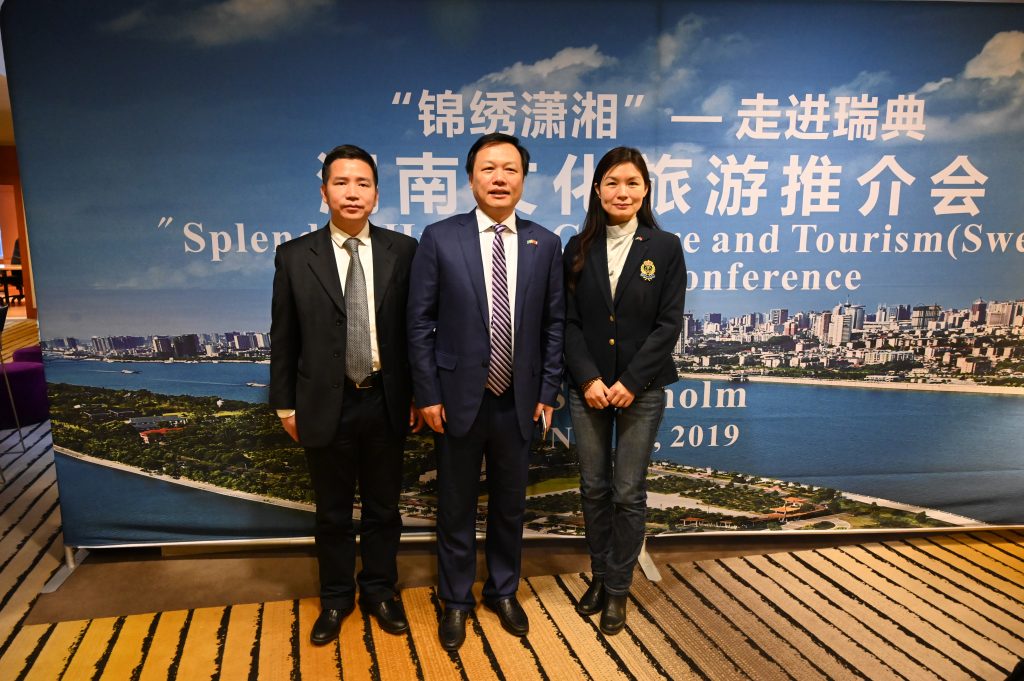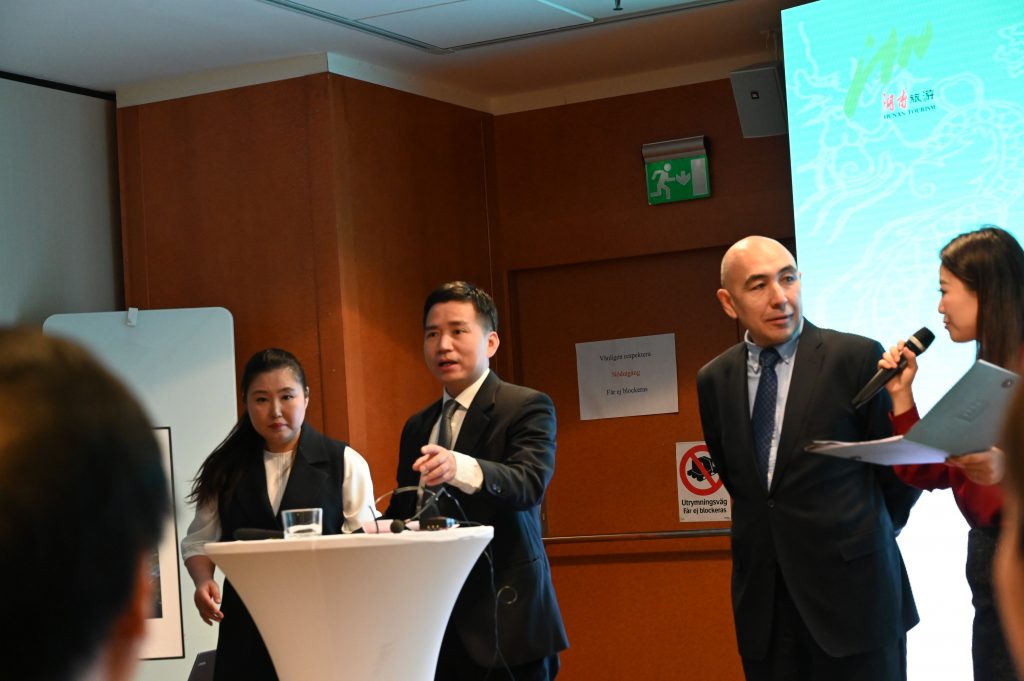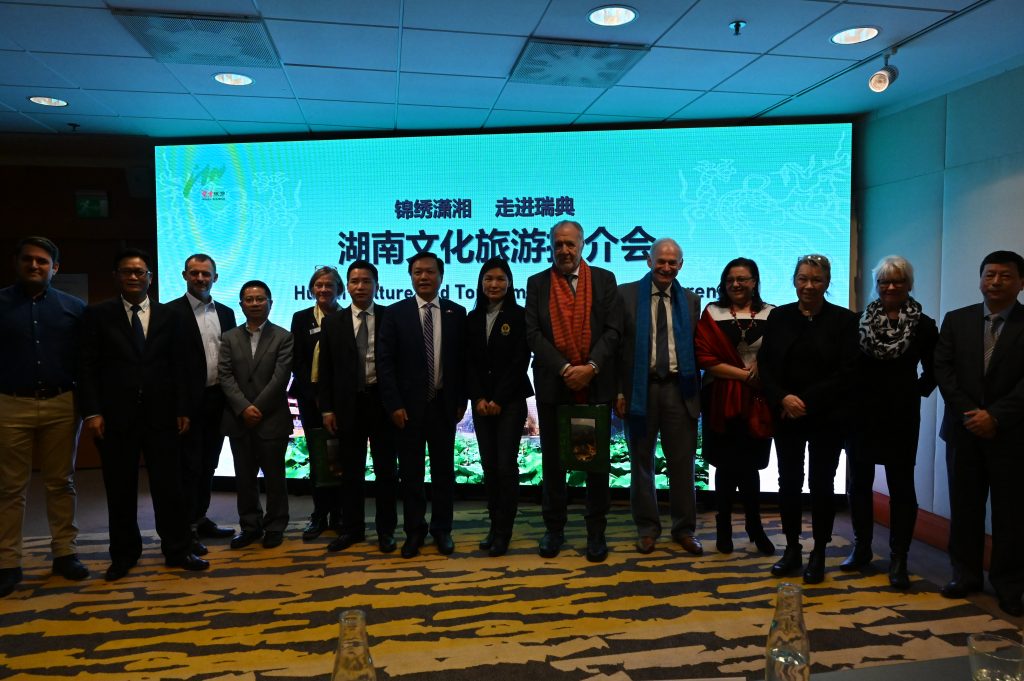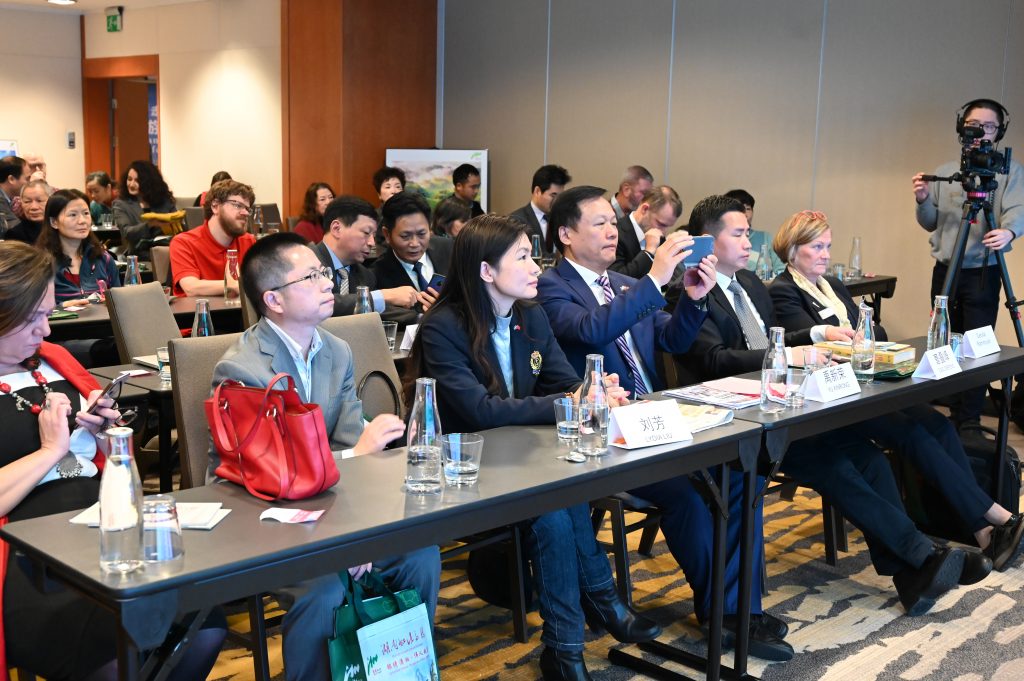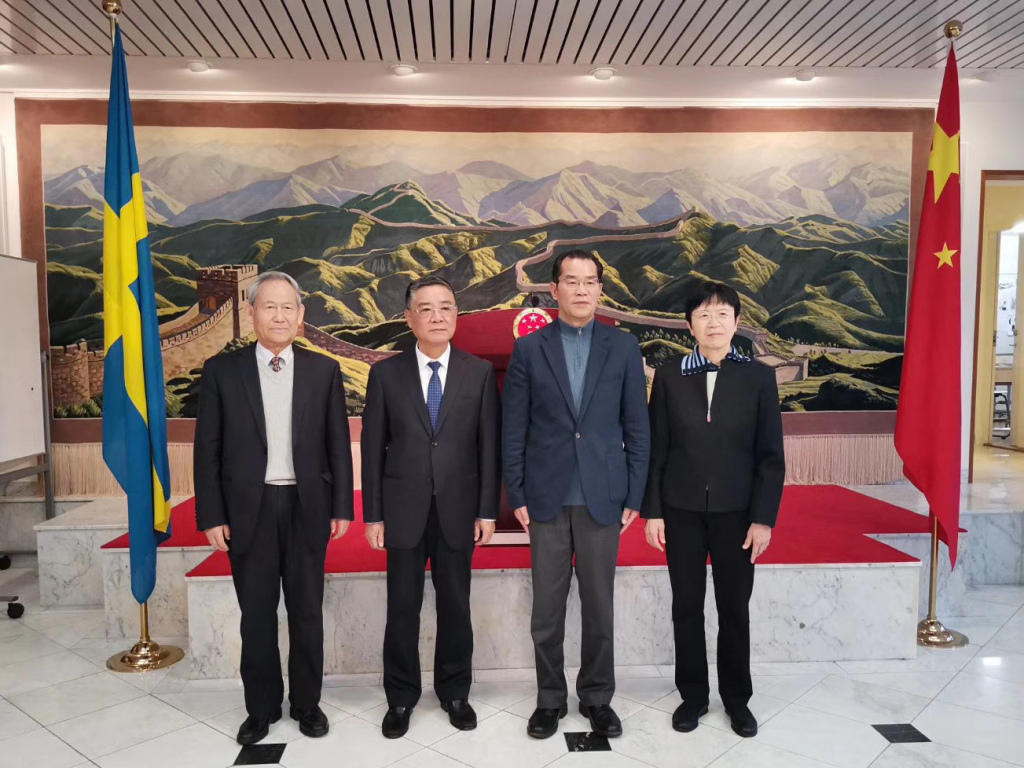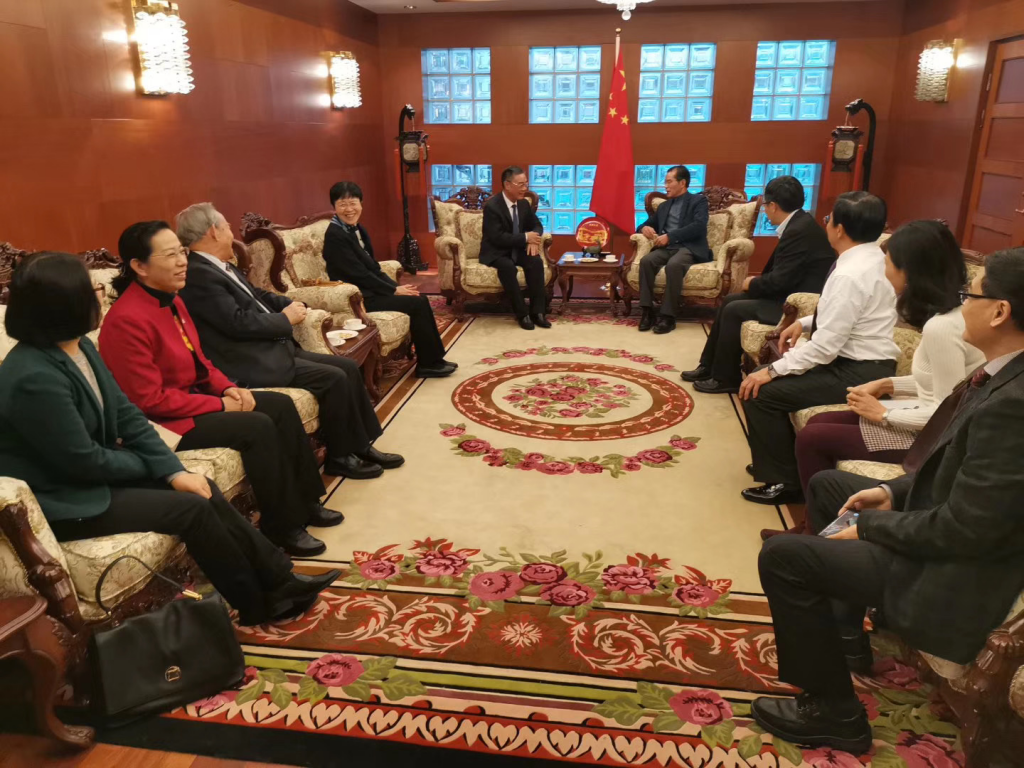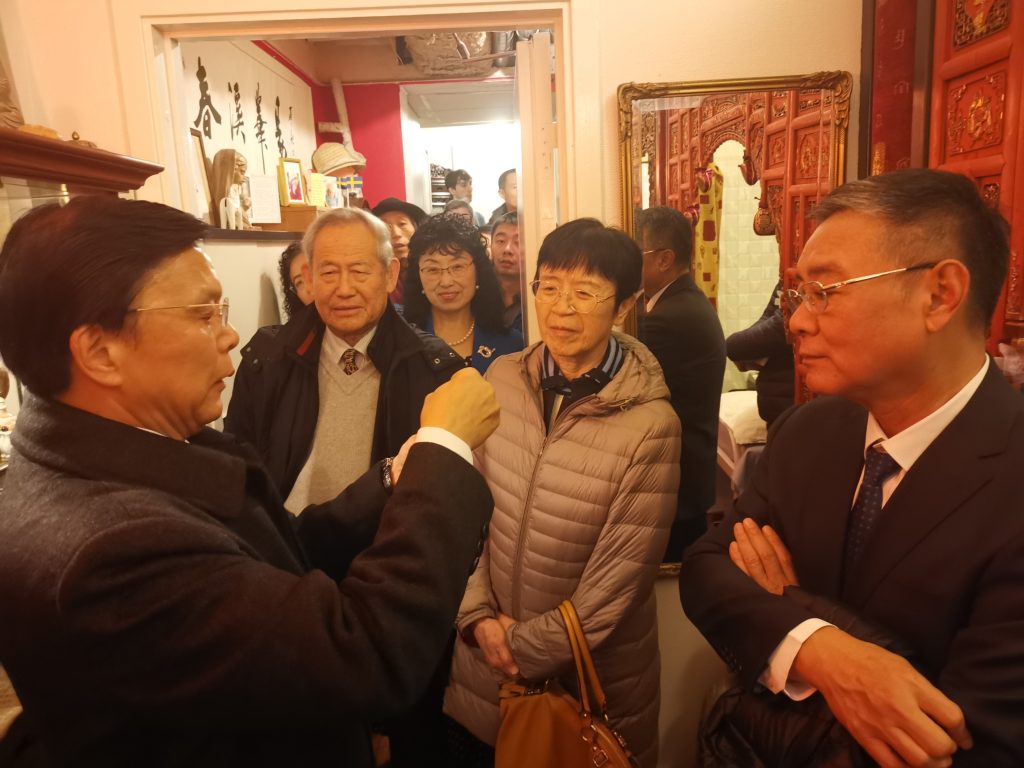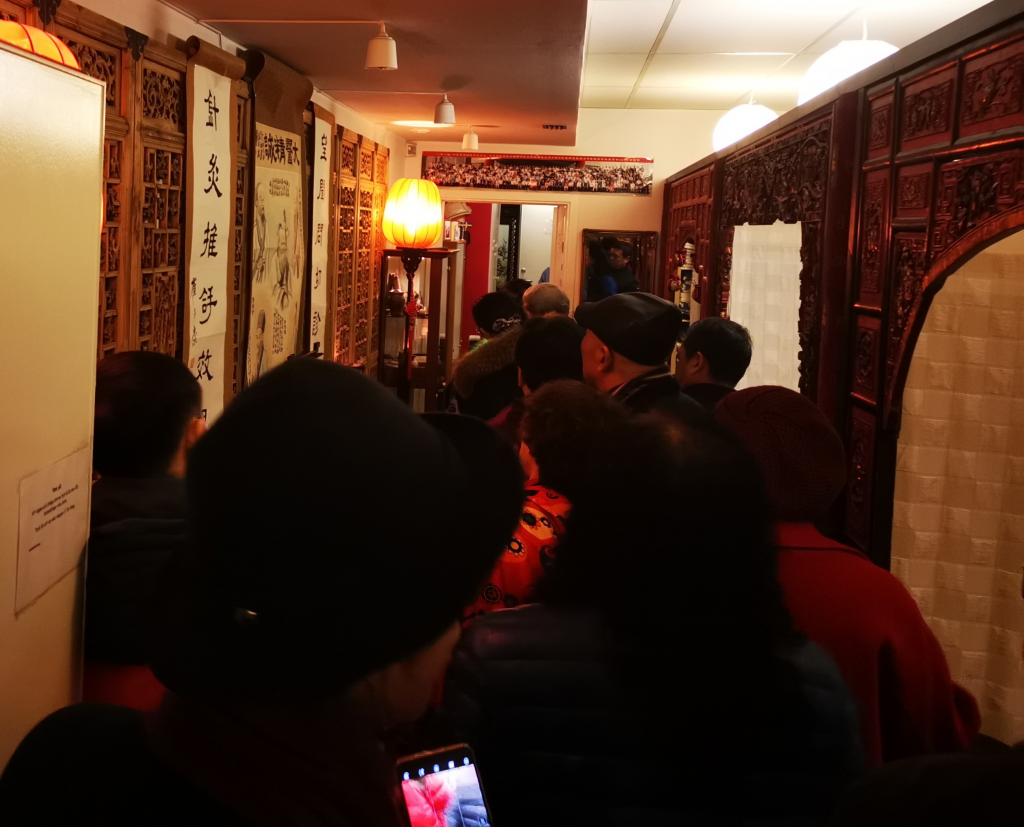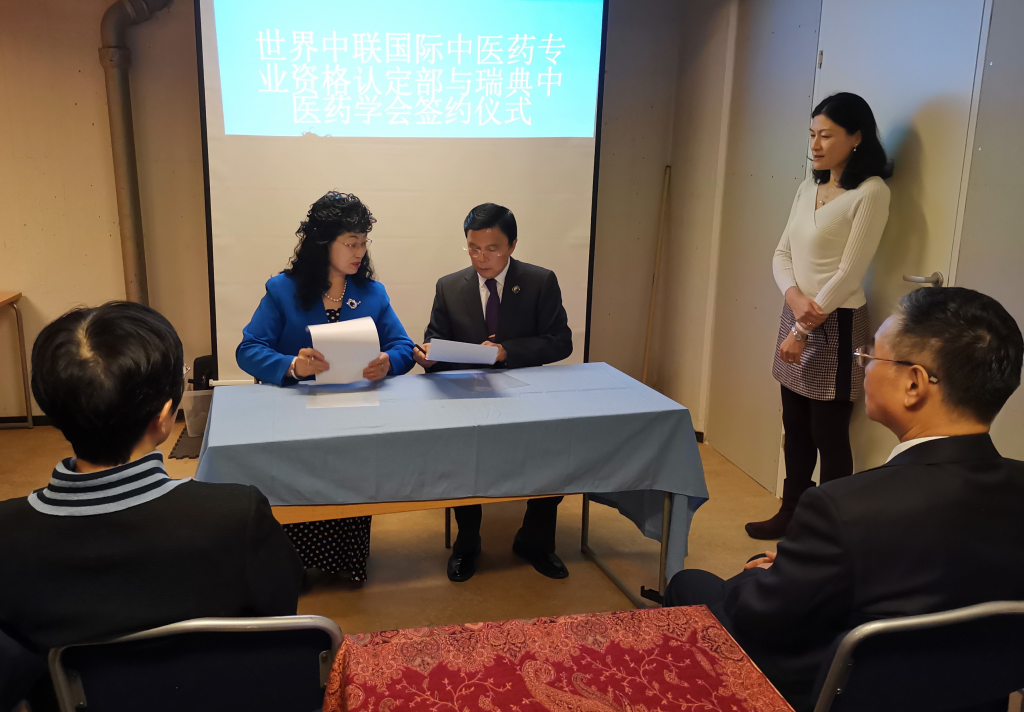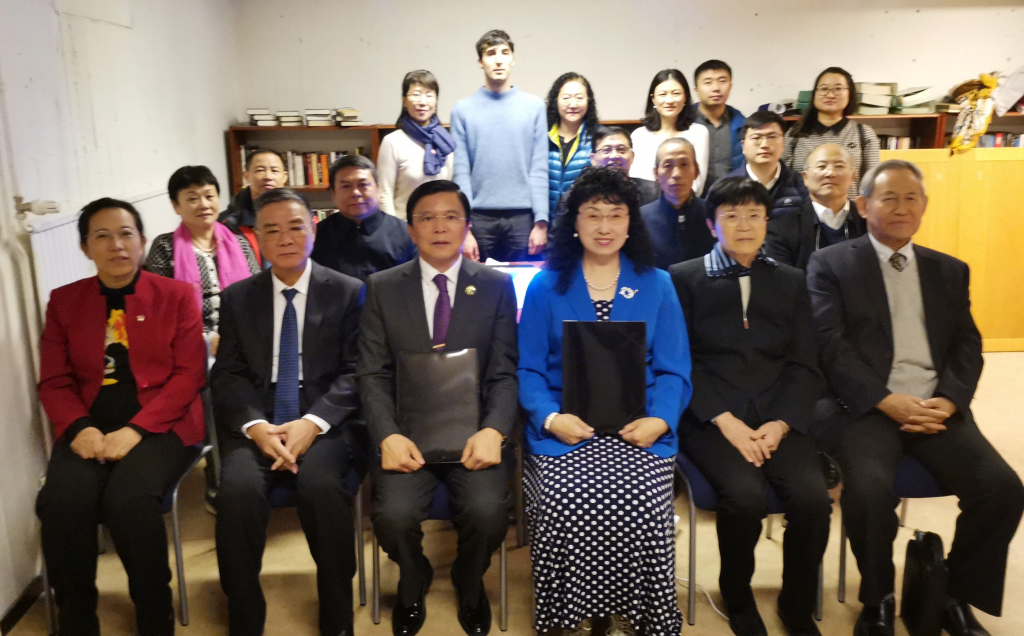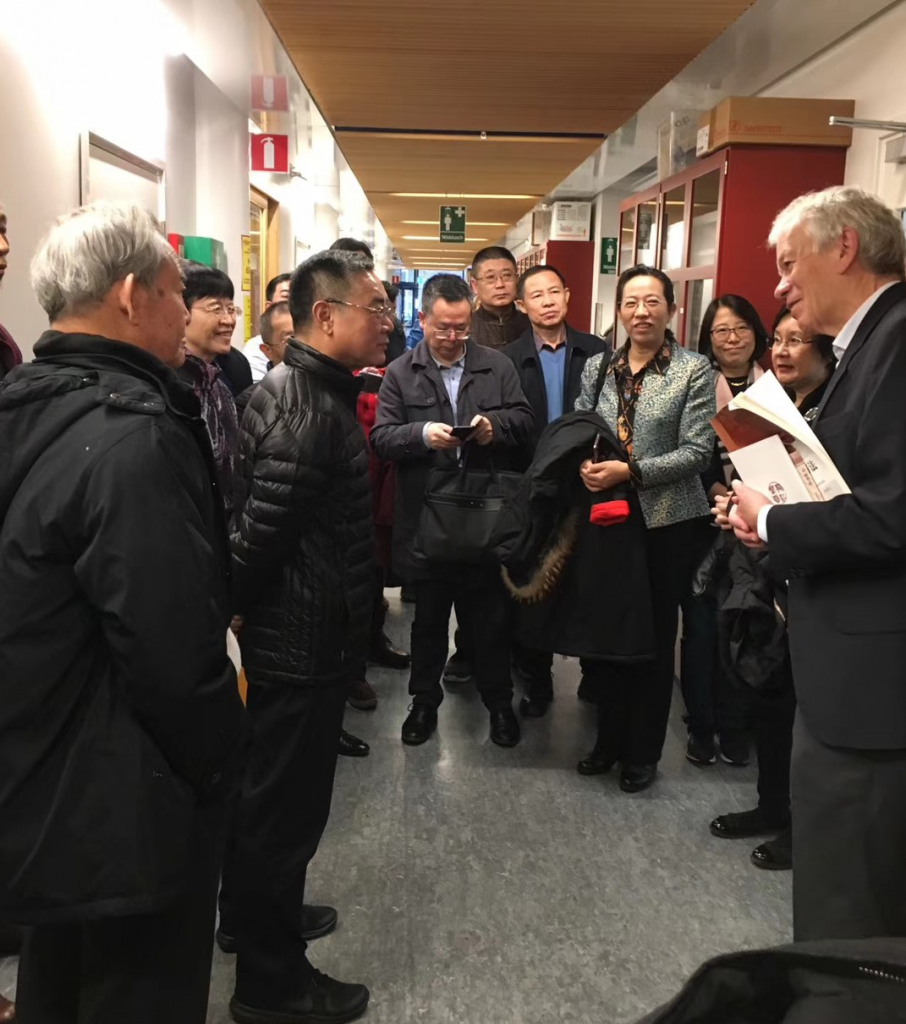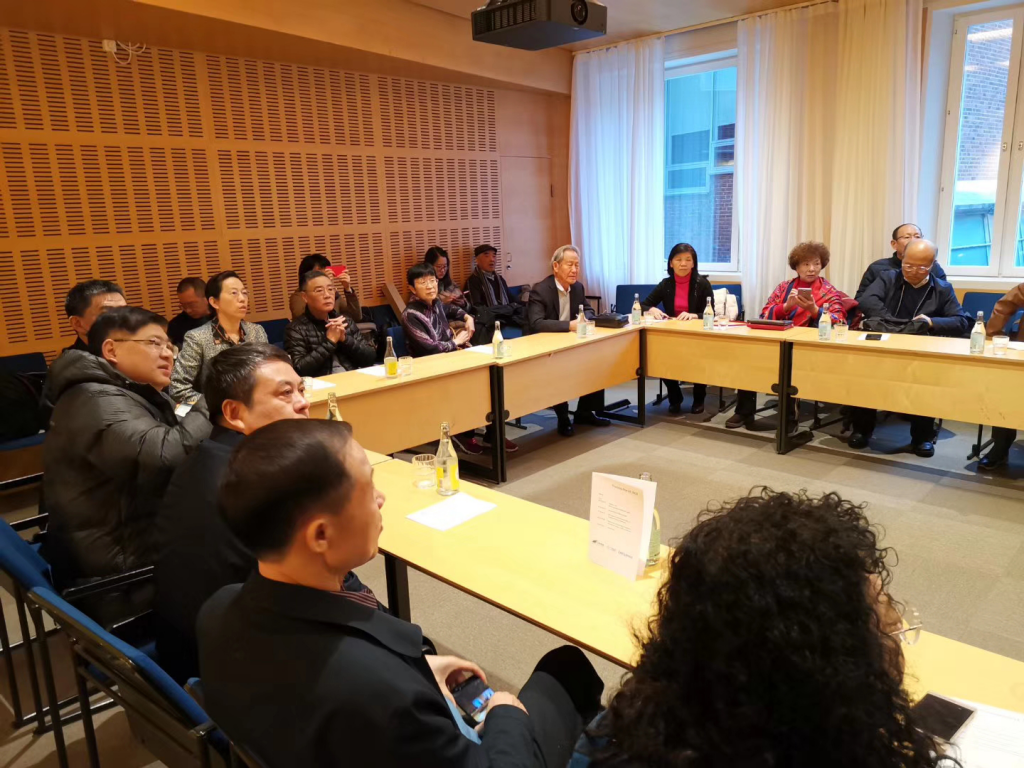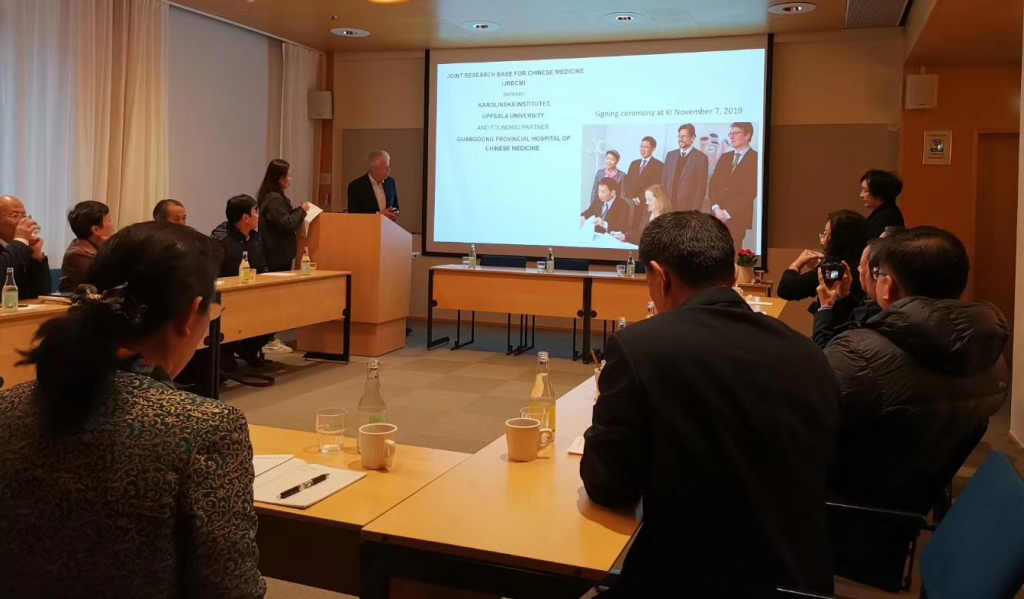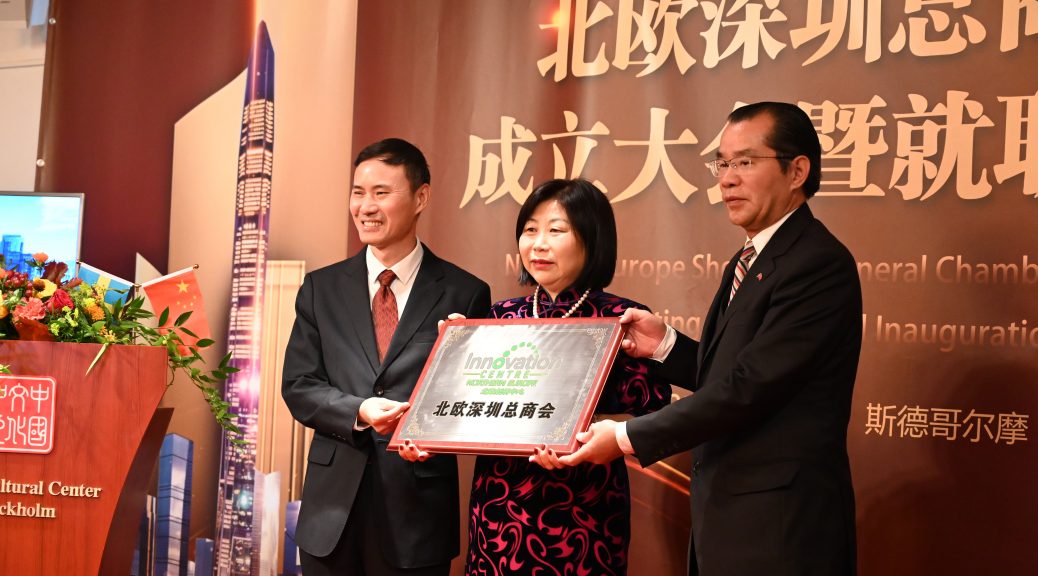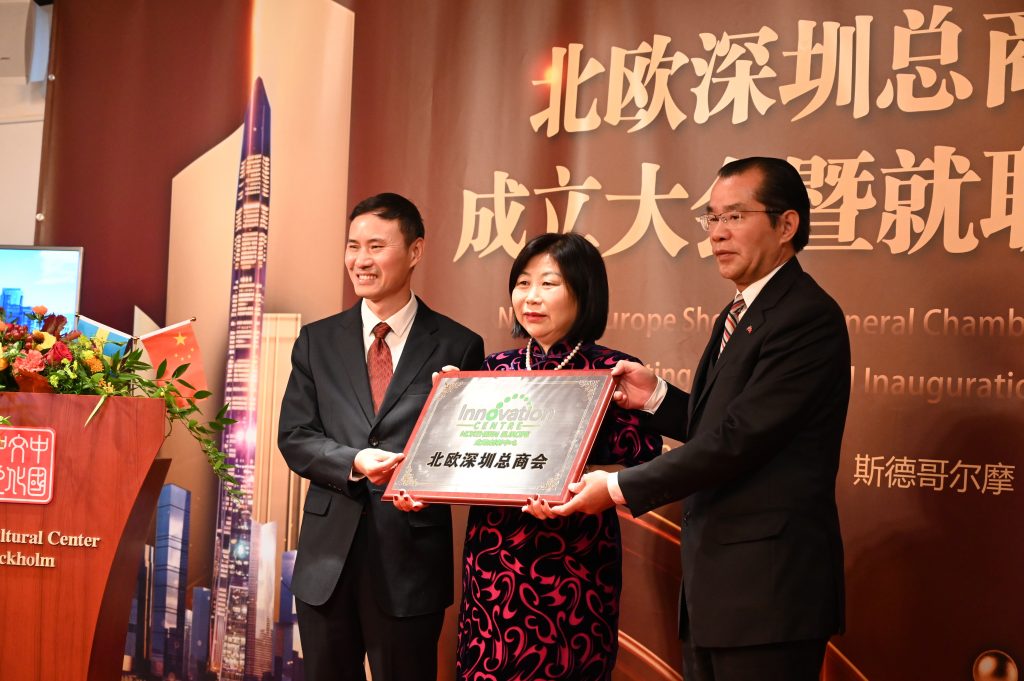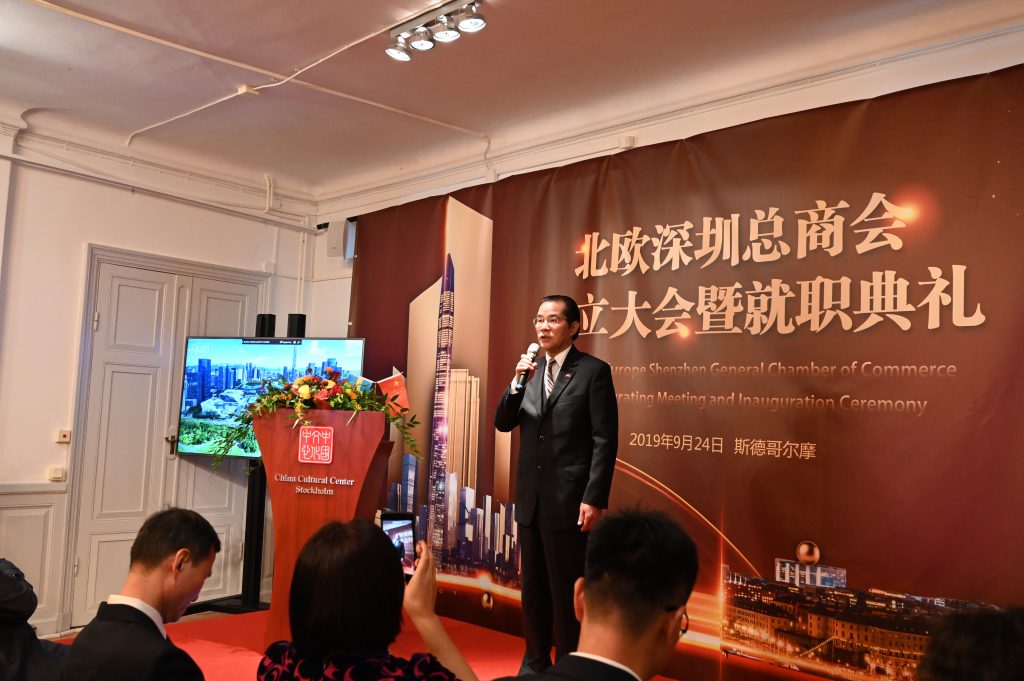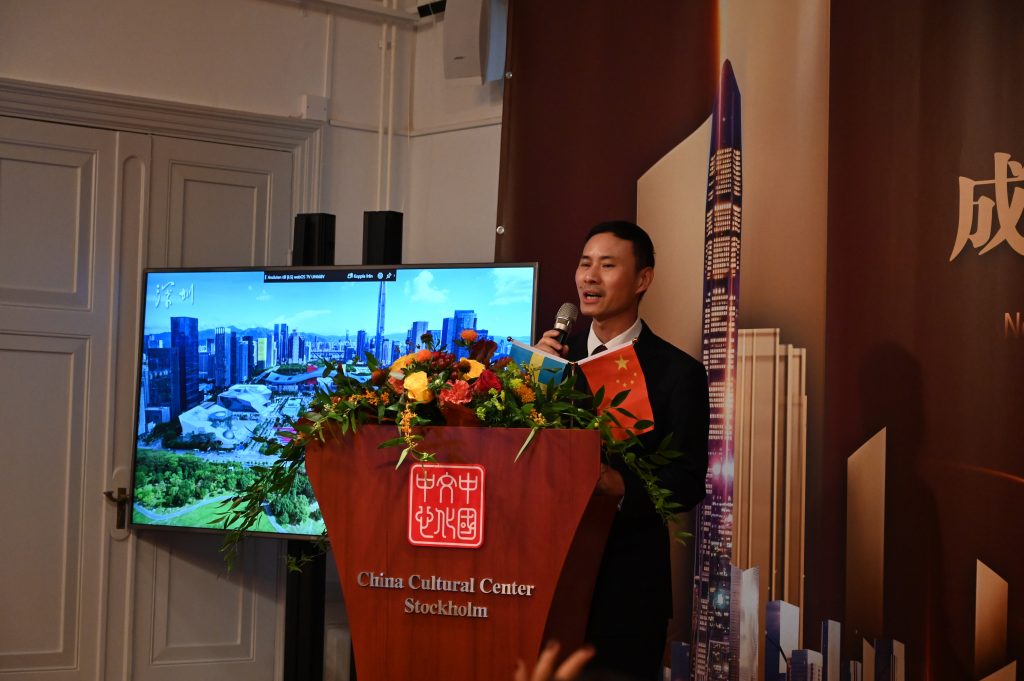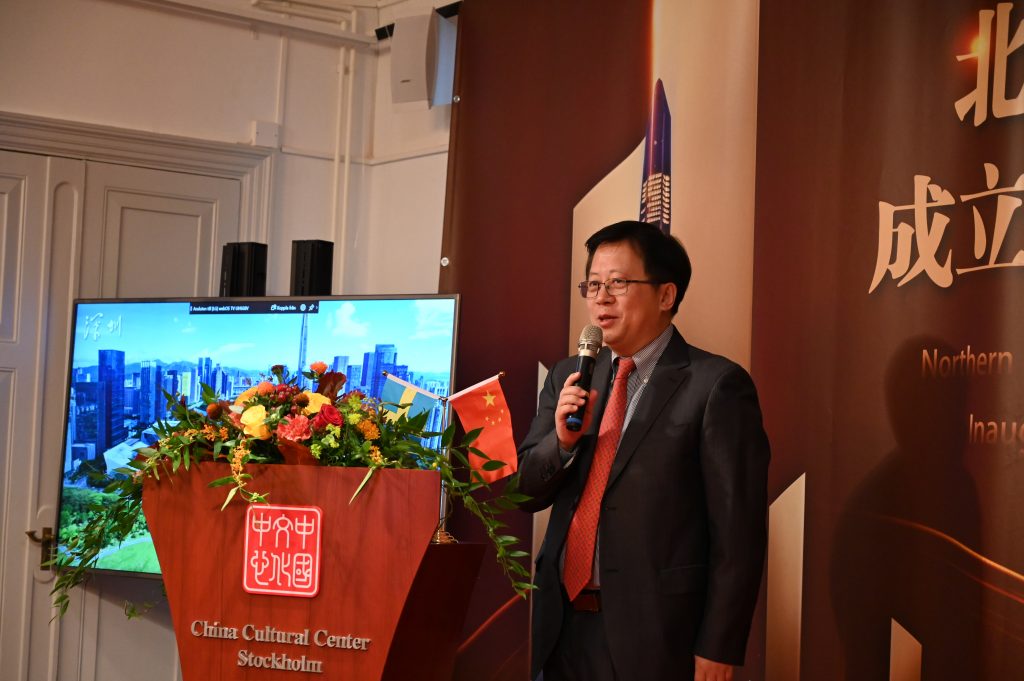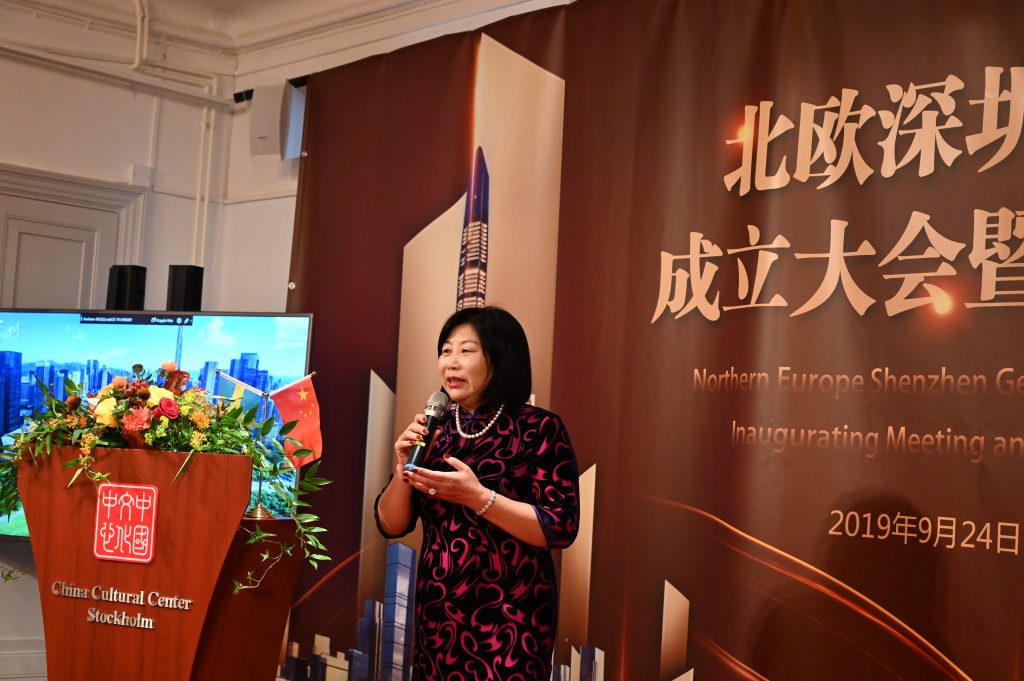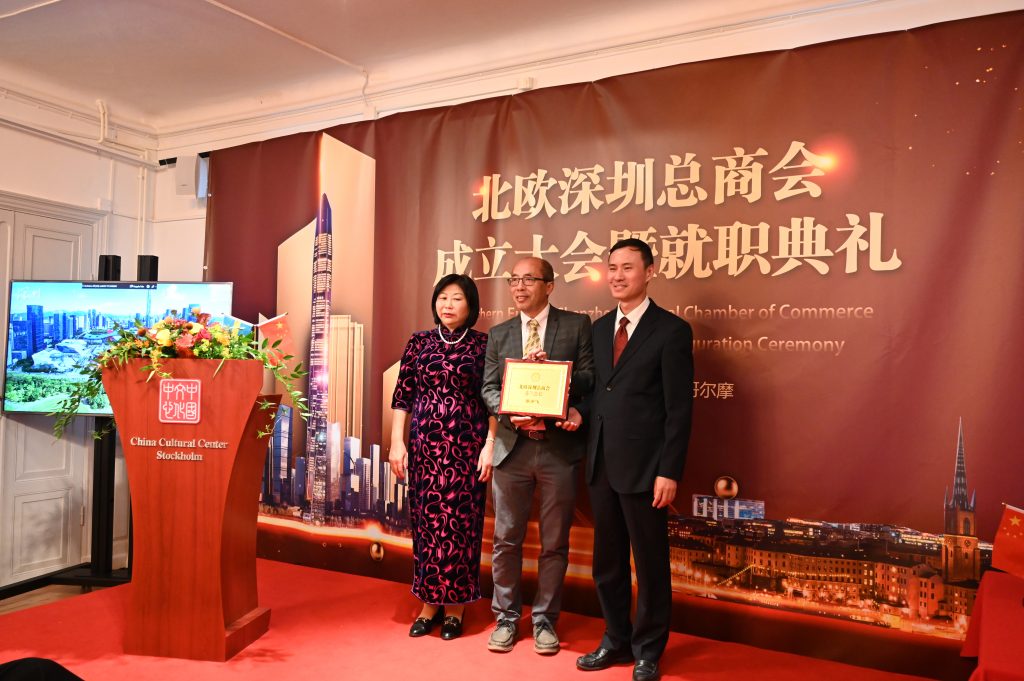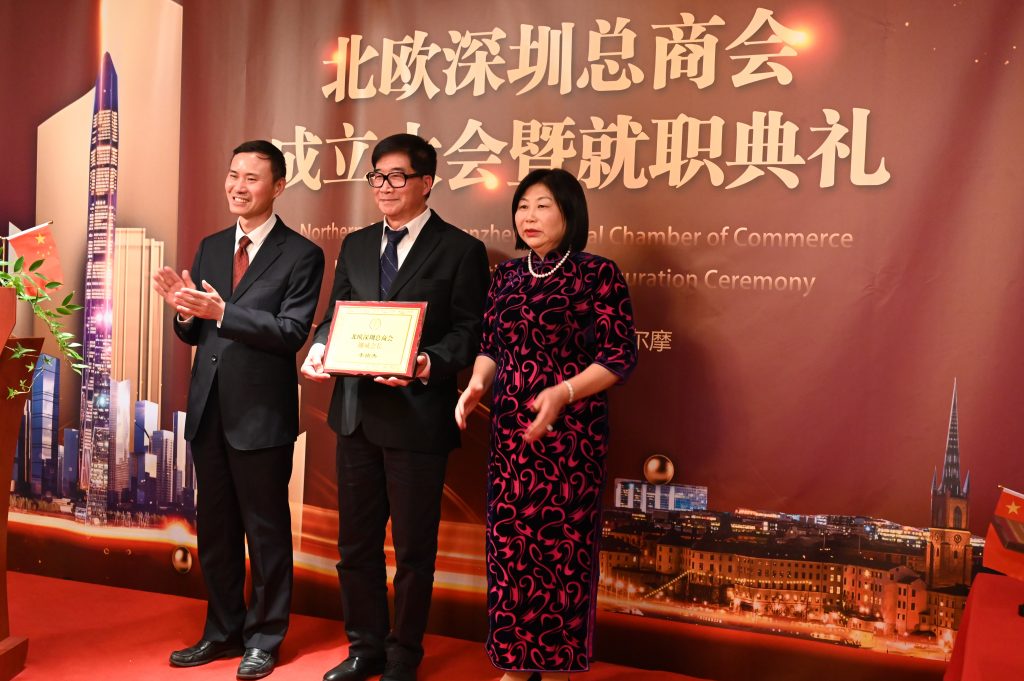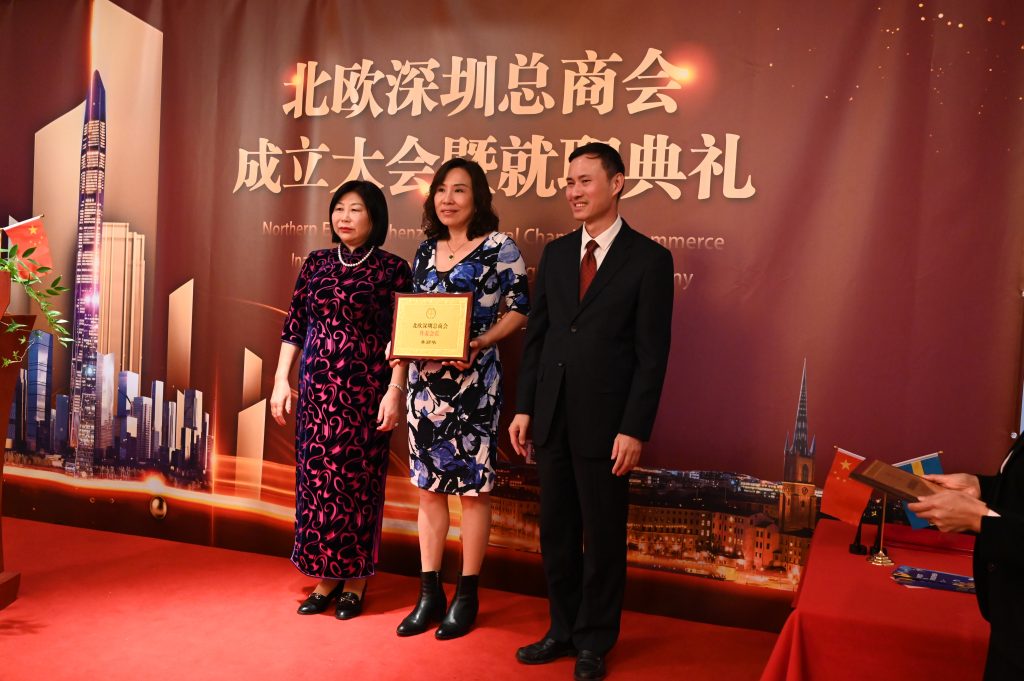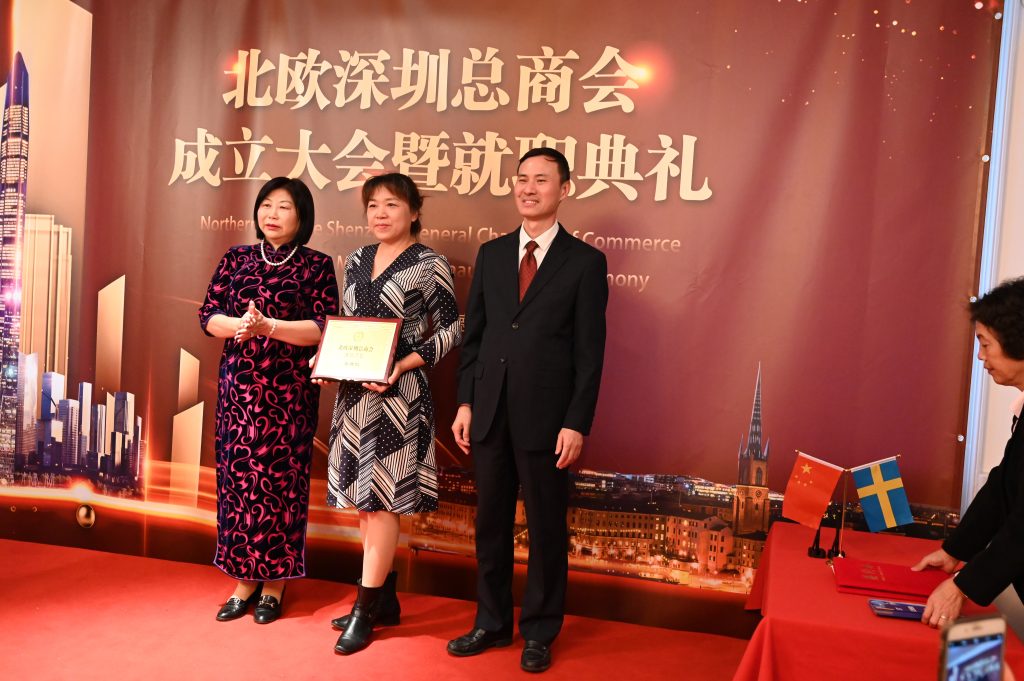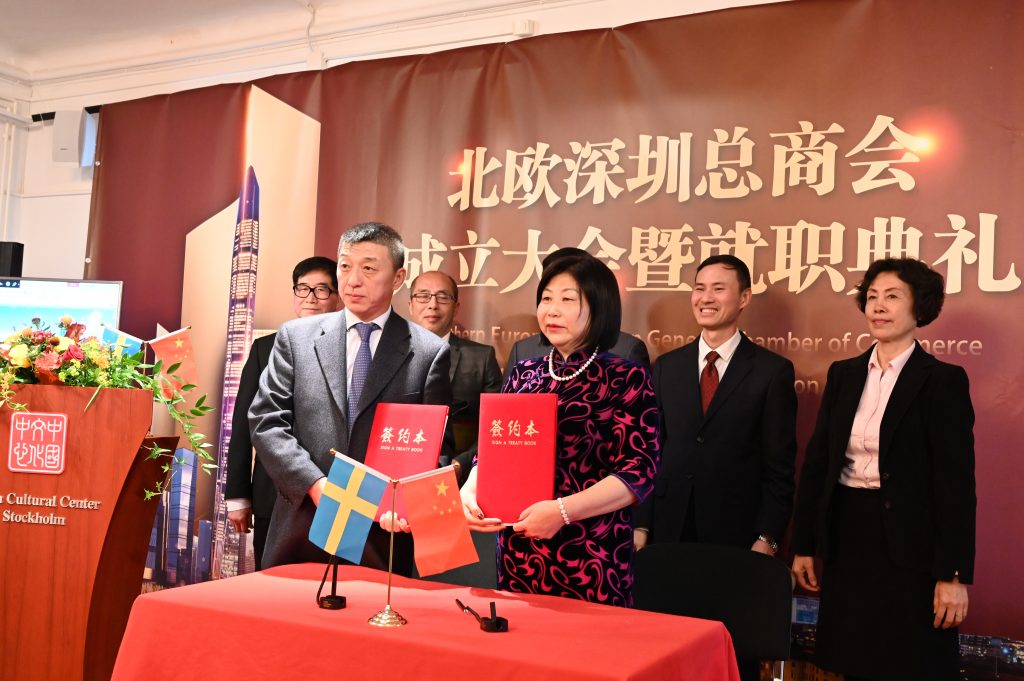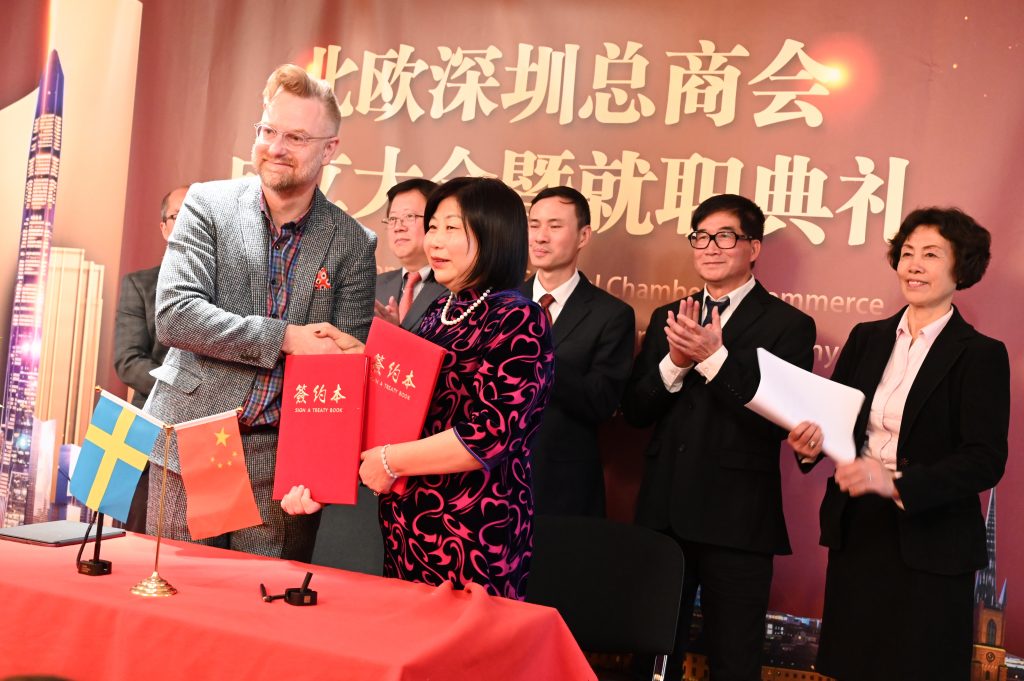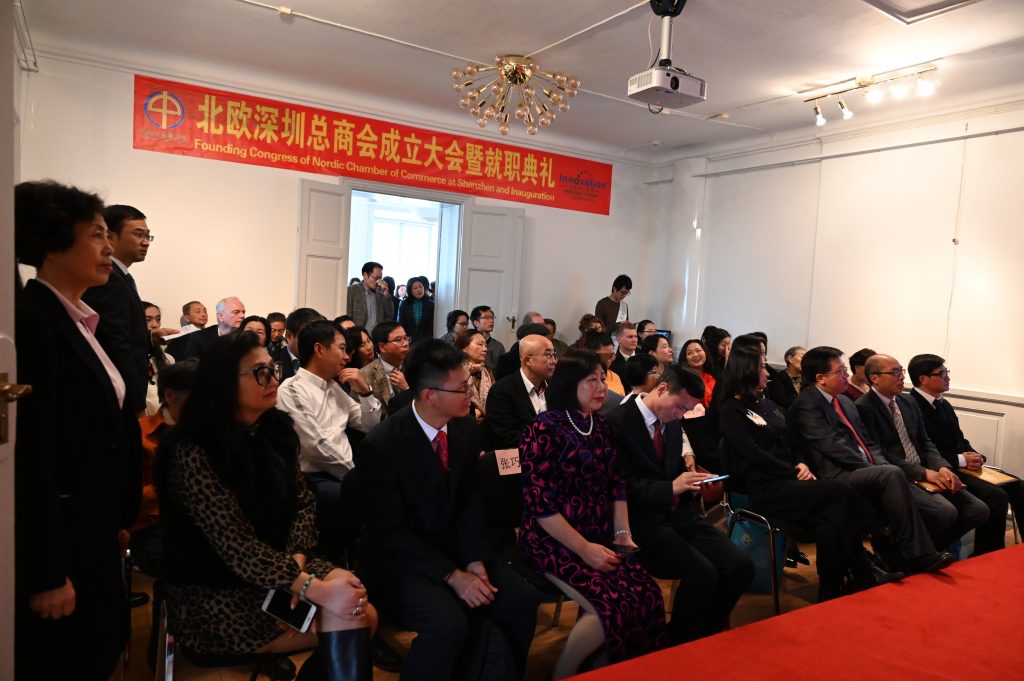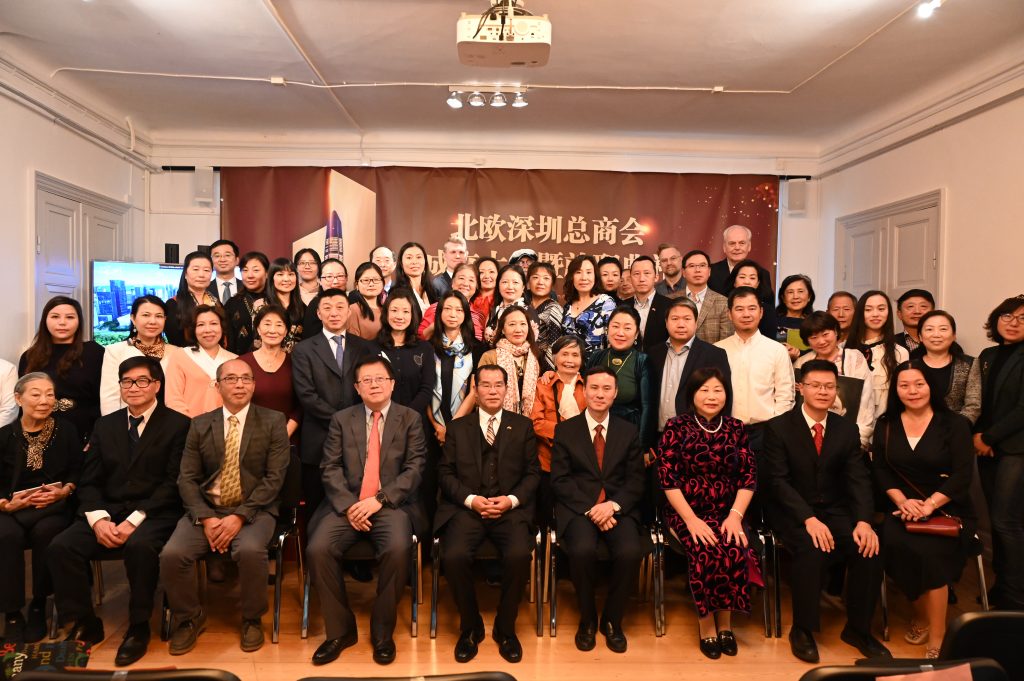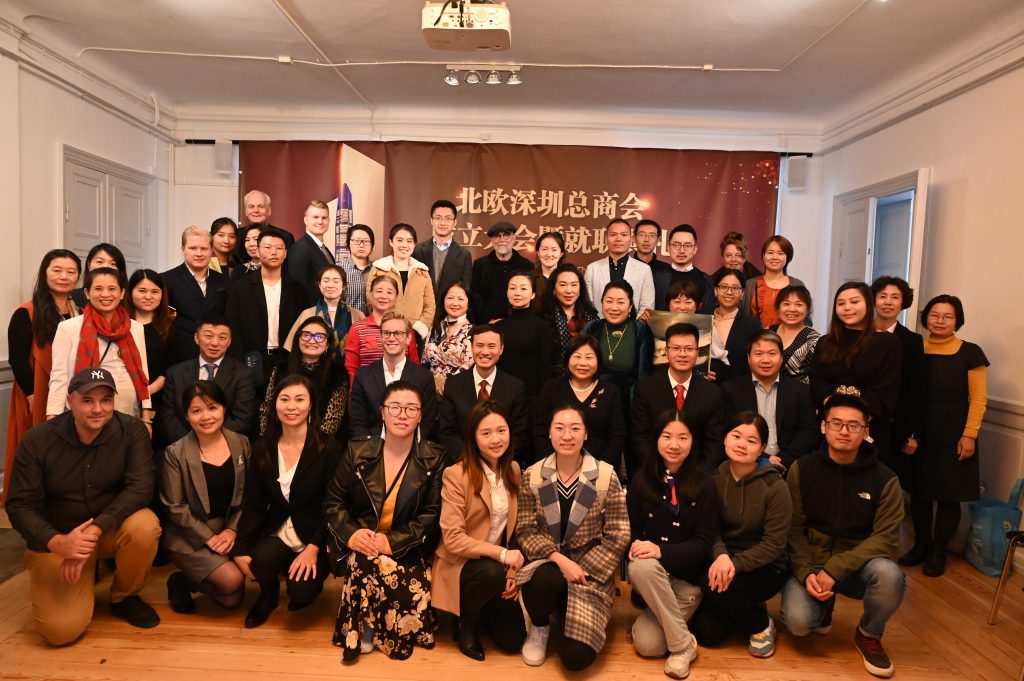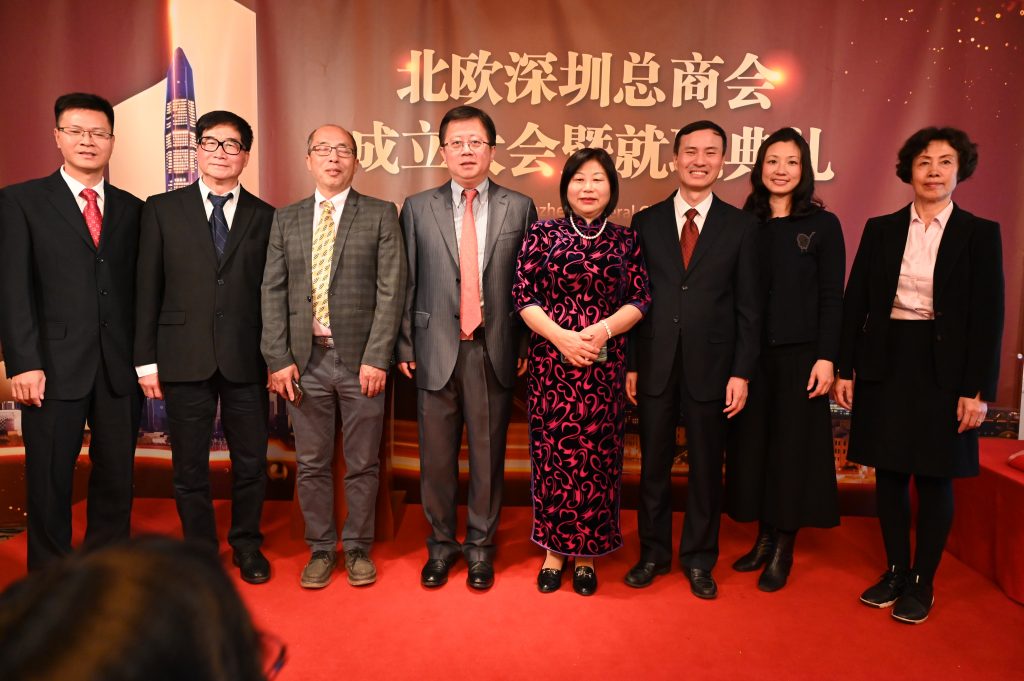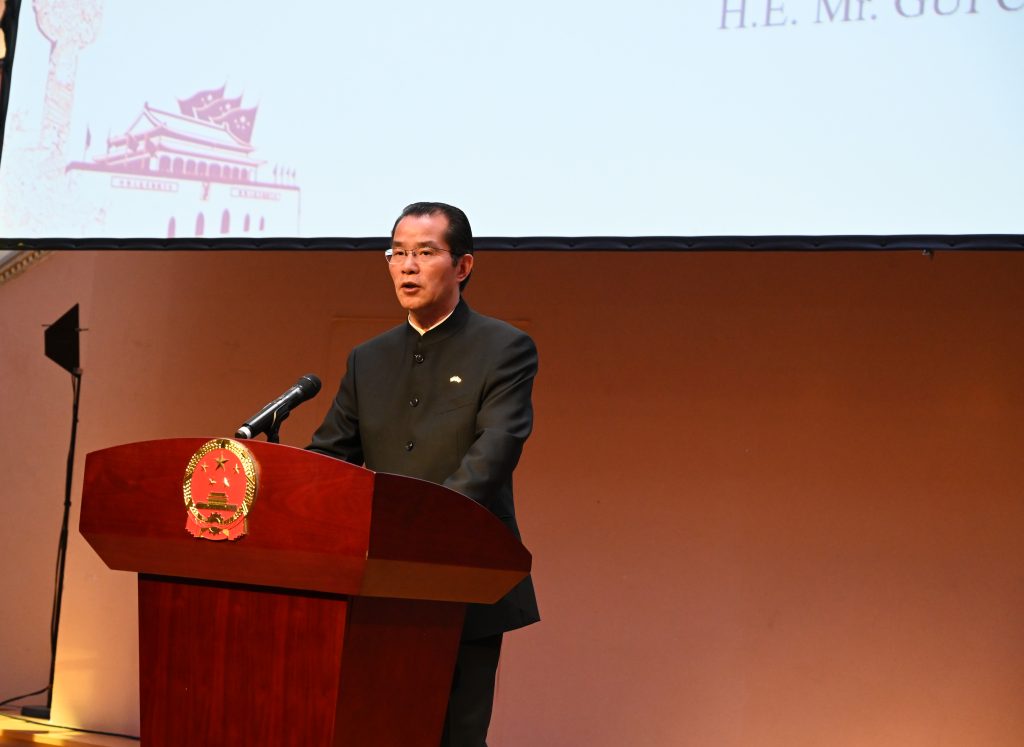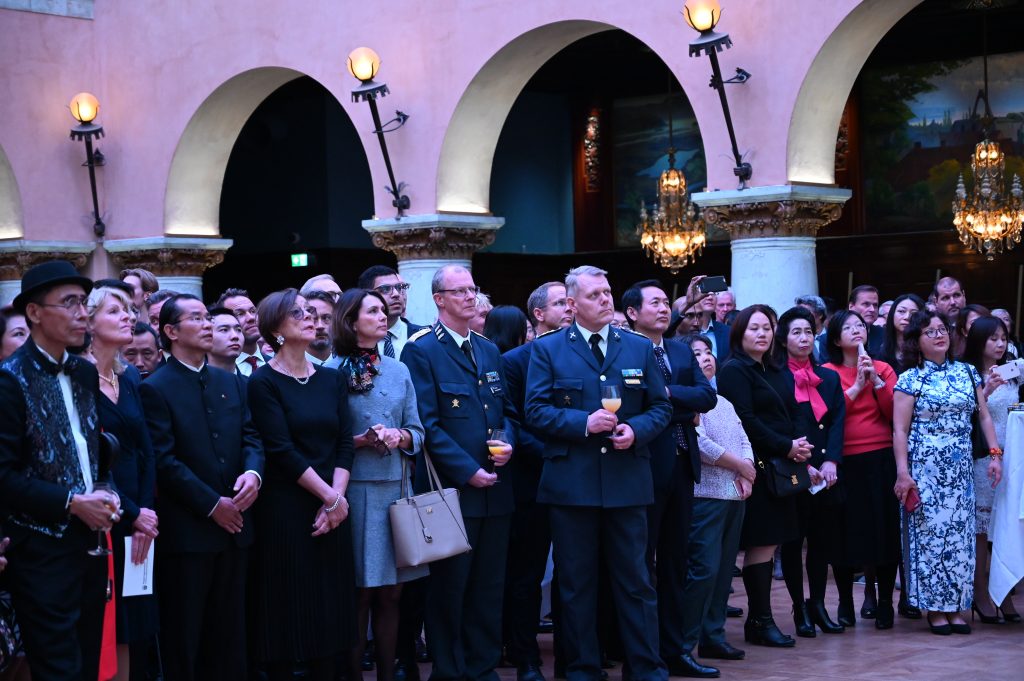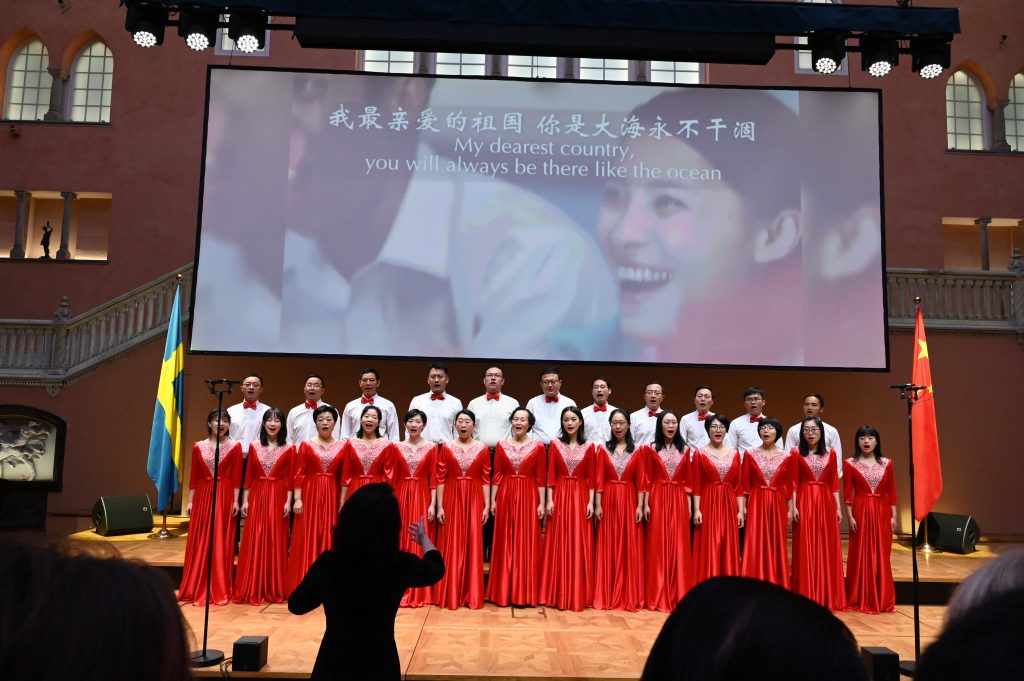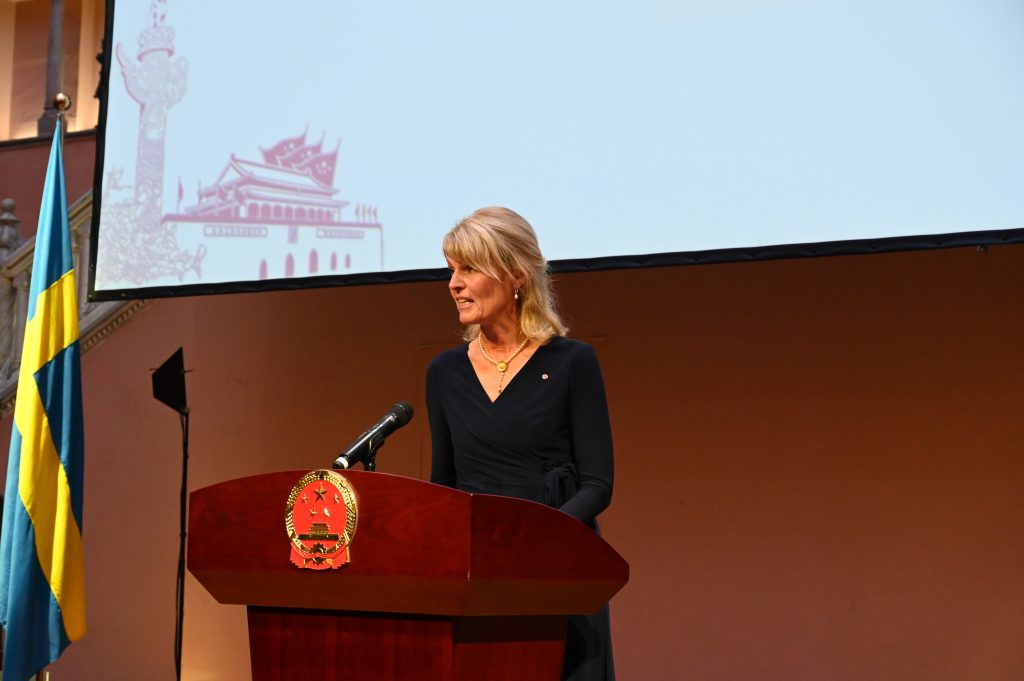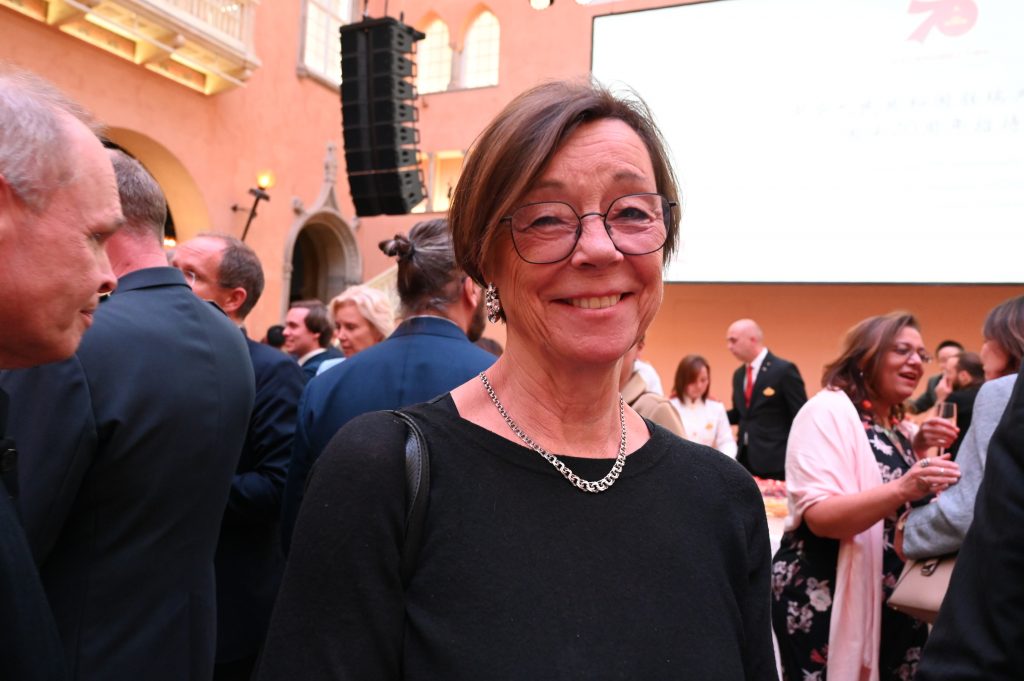By Xuefei Chen Axelsson
Beijing, Oct.14(Greenpost)—When I was in Sweden, I always missed home China and tried to find Chinese footprint in Sweden, for example, the Chinese Palace in Drottningholm or the Gothenburg Boat in Gothenburg and if you visit the Gothenburg Museum, you even can see the trading paintings in the Qing Dynasty, marking the long history of trade between Sweden and China.
Now I am in China and I begin to think of Sweden and like to see the Swedish footprint in China. While in Beijing, you can’t help thinking of Sanlitun, a must-visit place for foreigners in Beijing. But now it has changed a lot. It is more modern with the constructions and buildings, but fewer people. Taiguli seemed to be a landmark building while Swedish brand H.M is just beside it not far away. I remember I also saw H.M in Xinjiang and Arla production line was there too. China now also has thousands of thousands of people who have problems that they could not eat flour and they have to eat the Chiazi or Linfro which reminds me of my daughter’s breakfast habit to have a smoothie with all kinds of seeds in it.
Oh, we not only live similar, but also sick similar! Thousands of thousands of people, especially young people take it as a hobby to have some starbucks or other coffee. When I was wandering in the new districts in Wanda Square, a famous brand in China, I saw starbucks and many other foreign names, operating prosperously there in Jinzhou city. In China if you buy clothes, you seldom find Chinese names, almost all the clothes have a foreign name, true or not, it sounds very foreign.
Volvo cars, Mercedes Benz, BMW, Honda, Toyota, Volksvagen, you name it, almost all the foreign brands are in China and new cars are full of streets and roads. Electric motorcycle replaced precious brandname of the kingdom of bikes except in Beijing and Hainan you still can use your mobilephone to scan the code and got a bike to ride. Private bikes have almost disappeared.
From outside, you even see a lot of western style buildings which are newly built. In Chaoyang District in Beijing, you have many buildings which looked like Gothe style, Holland village, Nordic Towns, Greenvillage, Hammarbysjostad-inspired Xiong’an and Zhangjiakou, Caofeidian are everywhere. Nowadays even the European especially the Nordic simple style has swept in the newly bought apartments in domestic decoration. I saw many kitchens almost the same as my own kitchen in Stockholm. The only difference in Jinzhou is that all the cooking device have been moved to the balcony and all the food should be cooked in balcony. Who comes out with this idea? But the other arrangements are very similar to the western style, Danmark or Sweden? Mine was Danmark.
Even the street art also reflects the similarity in our thinking. I don’t say that there are two Swedish art work in Yuquan Park in Western Beijing, even in Shuangjing area in eastern Beijing, I see a street art that was made on the wall similar to that street band in Malmo in Sweden. The figures even wear blue and yellow clothes with instruments in their hands. This is how Chinese think of Sweden I guess.
This also reminded me of the Chinese Palace in Drottningholm. Inside that building you see all the art decoration seem to be Chinese, you have ancient poet standing on a boat in a river and some characters look like Chinese but you can’t read it out at all. This symbolized how ancient Swedish artists or builders thought of China.
True we are in different world, we are different countries, but if you think Ericssion has come to Shanghai more than 100 years ago, Swedish prince was in Nanjing in 1926 and bought a lot of Chinese antiques later donated to Far East Asian Museum in Stockholm, a solid evidence of the exchange between Sweden and China.
Sometimes I visit you more often and you visit me less, sometimes you visit me less and I visit you more. Sometimes maybe this generation visited you more and next generation visited less. History showed that the exchange was not well balanced, but in general even with a gap of time and space, I can see the fact that we can’t stop exchange and mutual visits.
What I mentioned today is just a small sign of mutual exchange and cooperation, if you read the Chinese Ambassador Cui Aimin’s article in his embassy website, you will know even more detailed deepened cooperation between the two sides. (More stories to be continued)
China and Sweden who copies who?
By Xuefei Chen Axelsson
Beijing, Oct. 14(Greenpost) – All advanced human civilization achievements can be learned and spread. When I was in Sweden, I went to Ikea to buy furniture. Then I saw the six small spoons which have different sizes. I was amazed and felt happy and surprised how Swedish people were so clever to give such a good measurement in the kitchen.
Then one day I went to the Far Eastern Museum in Stockholm, on the second floor they had a wonderful exhibition of Chinese antiques dating back to Xia and Shang Dynasty. The exhibition was well deployed with time schedule of Xia, Shang, Zhou, Qin, Han,,,Tang,Song, Yuan, Ming,Qing sequence. When you come to the Qin Dynasty,except Terra Cotta, you will see a bronze measurement instrument of six small spoons with different sizes. Oh, whose idea came first? Who copied who?
I was also surprised that in China we cannot see this and a lot of the antiques especially in the Xia and Shang dynasties, we can’t see them in China. We have forgotten our ancestors glorious culture and art. When we went to Great Britain Museum, American Museum, Museum in Switzerland and Gothenburg Museum, we saw a prosperous and rich China in many ways. The poverty in the 1950s, 60s and 70s has brainwashed the Chinese about what is a rich life. But people were more spiritual and people felt more equal because most of the people were poor.
When China became opening up, a lot of people went abroad, especially the elite Chinese went abroad despite of all kinds of difficulties because the gap between the west and China was too big.
I have interviewed a famous singer who said he could earn 1000 dollars by washing dishes a month with spare time while in China the formal permanent job would only earn him 20 dollars. With such a gap, people think there are gold in western countries. But now such gap has substantially narrowed down.
Judging from those second hand apartment, you can see how rich some newly-riched Chinese have become. 20 year old 150 or 174 square meters apartment, they don’t want it any more. They want to have new apartments. They want to have lift and live in a cleaner area with better environment and better maintainence in the area where it is almost like a garden.
Meanwhile, the old town is still the same as 20 years ago, not much change.
The young generation enjoy the more resources, but less time for eating and sleeping. Sometimes it can be too much food, sometimes it can be just western fast food. In the past, most Chinese were slim and even in their body. Nowadays we also have a lot of overweight, obesity children. Distorted resting time cause various health problems. The young generation has more eye-sight and teeth problems. Thus to plant tooth is a very popular business now.
While western countries see China as a “threat“, I just wonder how China can threat the west. Isn’t it you who made a Frankistan Giant? Or is it you dislike another country which is more like you? How have you threaten China with your culture? How much Chinese culture has been wiped out? When thinking of these questions we have to think that the global village made us interdependent and influence each other so much. Some people are nolstalgic and didn’t want to accept this globalization trend they started themselves. Sorry the trend is difficult to stop once the global machine or mechanism started.
Since China has learned from the western countries, in fact, both good and bad are included. Many problems western countries have experienced China is experiencing. One obvious problem is the substantial reduction of the population. Many schools in the countryside have to be closed and many hospitals have been replaced by barefoot kind of doctors and drug stores.
Urbanization is still going on in China. Young people move to the city while their parents still live in the countryside where there are only elderly people. While big cities absorbed all the migrant workers, their parents remain to live in small cities. Thus it is easier to see more older people in third level cities such as my hometown Jinzhou.
Why are you afraid of China and think China as a threat? Ten years ago when I accompanied a delegation from South China to visit elderly home and small businesses, the leader with the delegation said thanks for your invitation because Today’s Sweden will be tomorrow’s China. In other words, today’s China is western countries yesterday. People are getting old. Senior citizen accounts for more than 20 percent of the population while the younger generation didn’t want to work as hard as the older generation. They relied on their parents more. Why do we have such a trend? Industrialization trend. When all the infrastructure has been improved, other development potential needs to be tapped. What is the future? Mankind must find a better way to go on. Do not live in a bad cycle of dynasties.
Is United Front a “threat”?
By Xuefei Chen Axelsson
Beijing, Oct. 14 (Greenpost) – On Oct.1, TV 4 in Sweden published a news about China in KALLA FAKTA which seemed to have found a big secret about China. That is the United Front Work Department and its relations with overseas Chinese.
Last night I couldn’t sleep, I began to read in English about what is United Front. The study about United Front started in Canterbury University in New Zealand in 2017 and then Australian thinktank continued to publish articles and papers to explain the United Front’s role in the Communist Party of China.
When I read TV4 article, I see the language is like this, whenever they mentioned China, they will mention like China dictatorship as Chinese authorities. I just wonder if China is a dictatorship, why do they have other eight parties and many social organizations and people’s communities, trade union and workers federations and friendship federations for overseas Chinese and many others?
In the articles, it explained that United Fronts is an organization to make friends with overseas Chinese and many others. In other words, I think it shows the Communist Party is not a dictatorship, but rather democratic because they would absorb all the people’s opinions and suggestions for the benefit of all the people in society in their ruling.
It sounds like a secret for many westerners because they have never seriously studied about Communist Party of China. They thought it was the same as the former Soviet or other socialist country. But the fact is CPC is really special. It is the world’s largest party which has nearly 100 million members. Almost among every 13 people, there is one party member. And this party member must abide by the party’s charter and really serve the people. He or she must be very healthy, capable in leading the people for a better life. CPC is a ruling party, but it must serve the people. For example, to get rid of extreme poverty. Now with the overwhelming amount of real estate, you can see it is easy to meet people’s demand. China is not a shortage economy any more. The supply is larger than the demand. The main problem is how to distribute the wealth.
China is dealing with this problem now. For example, if a person got cancer, he or she would have minimium cost in treatment at hospital. This is a good welfare system.
Elderly care is very well in cities. For example the senior citizen who is above 60, there will be no need to pay bus or park fees. It is free for them.
Chinese culture is to pay attention to family relations. And this family can be inside China and can be international. China likes to keep good relations with overseas Chinese. This was a great improvement in China. During the 1960 and 1970s even 1980s, we dare not say that we have overseas relatives. Why? Because then the overseas relative would be treated as a traitor or enemy. But now people feel proud to have an overseas relative because we think western countries living standards are quite high and advanced. We have to learn from them.
About 10 years ago, Sweden was also open to teach the Chinese how to live a better life. The visitors not necessarily bought a lot of gifts but learn more ideas and implemented in reality. Now I find that many ideas were really realized in reality. A lot of new parks and lakes with clean water and green grass have been built. The environment has substantially improved. Now we begin to appreciate the blue sky when we took it for granted in the 1980s and even before that time. It is true that United Front means to unite all the friends and try to make friends with all the people who love peace and development. But what is wrong with it? Even God said those who have self-discipline will have no problem. Learning from each other and make common progress is not a problem.










